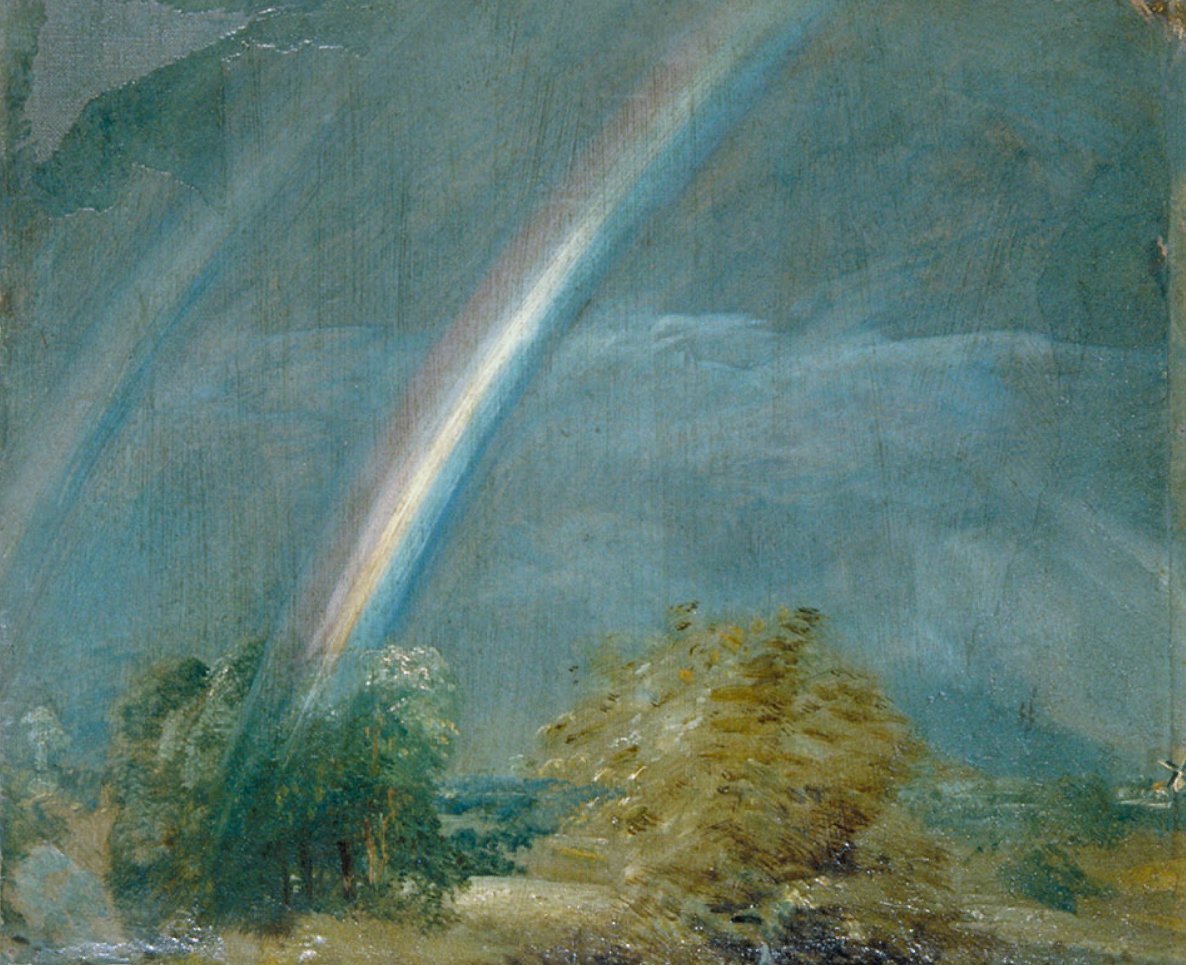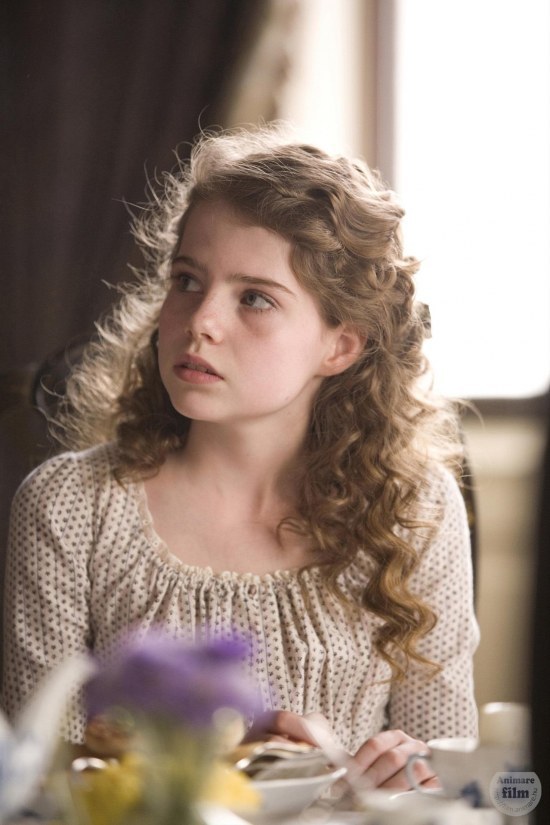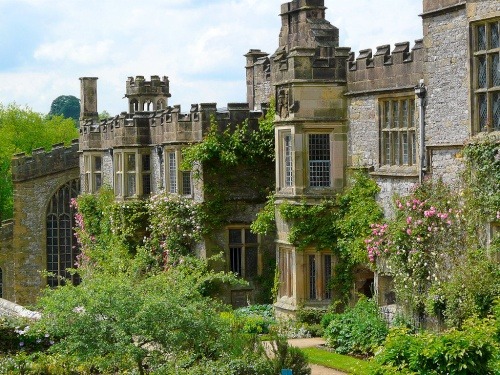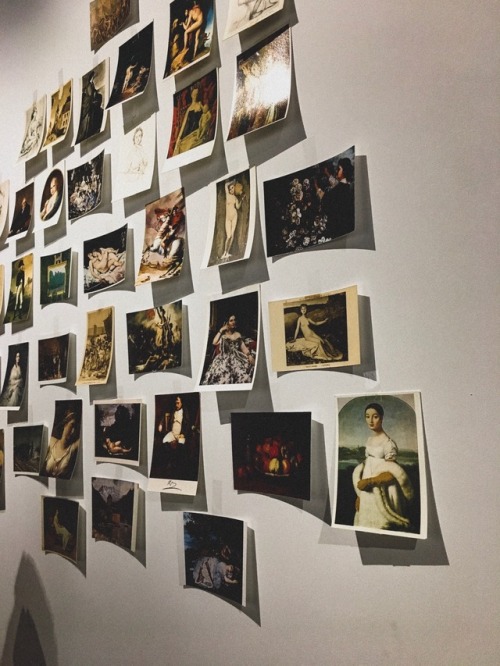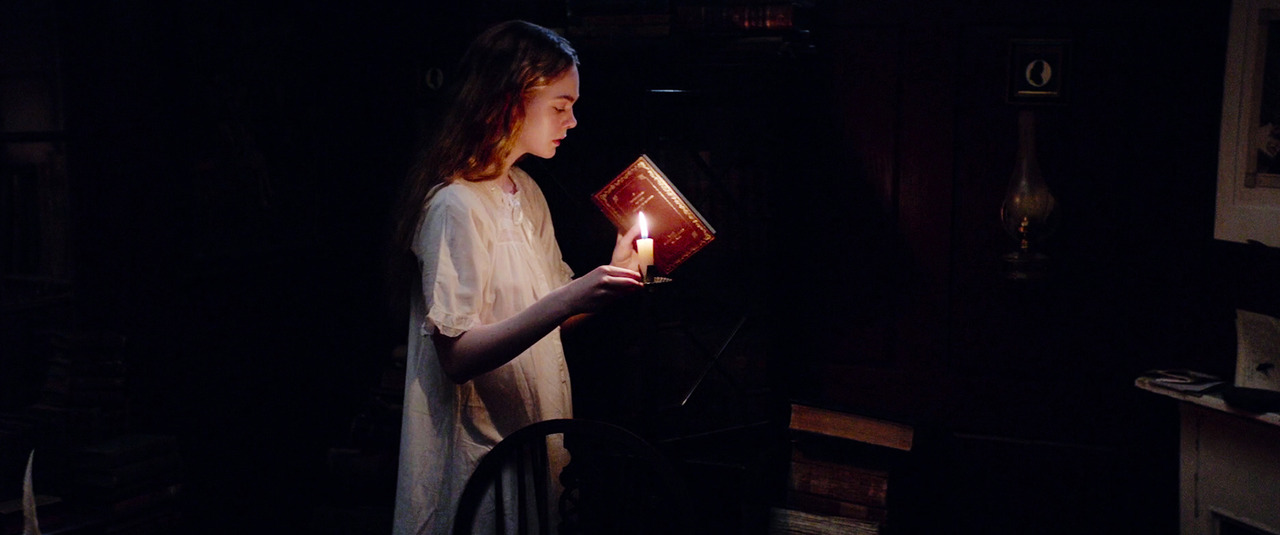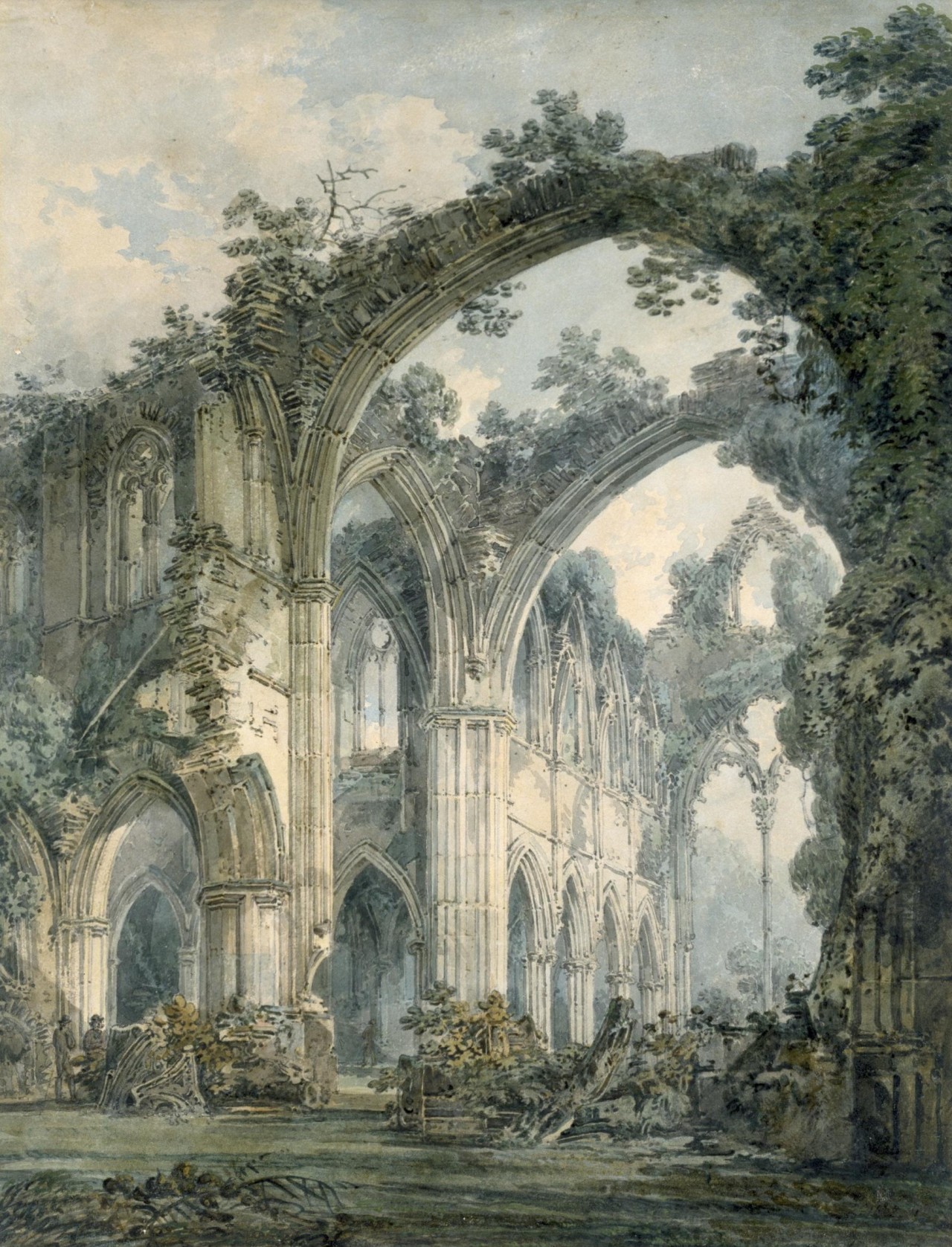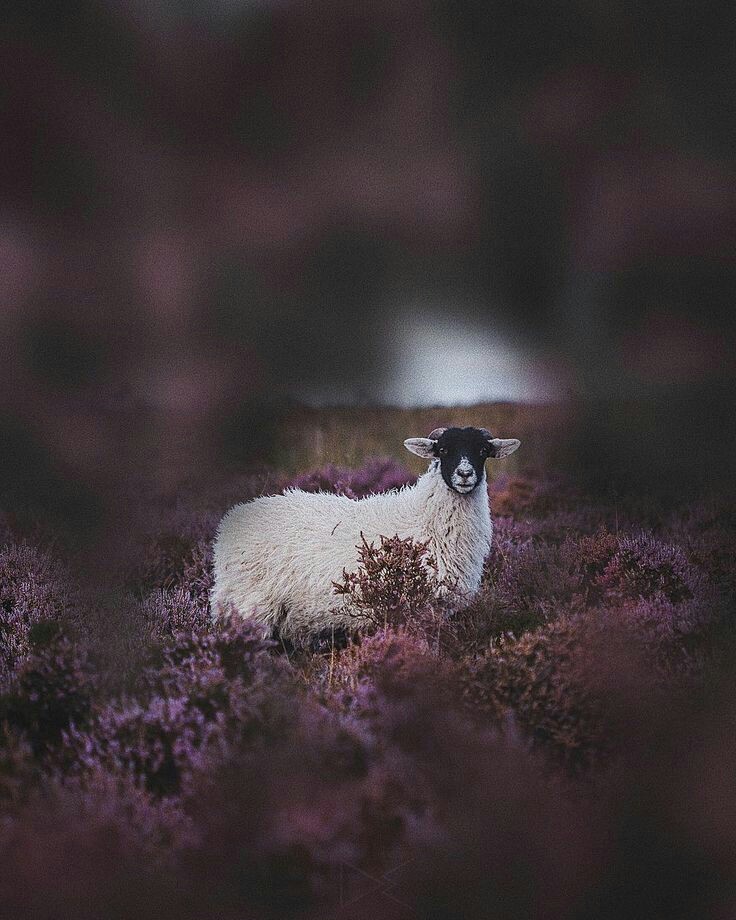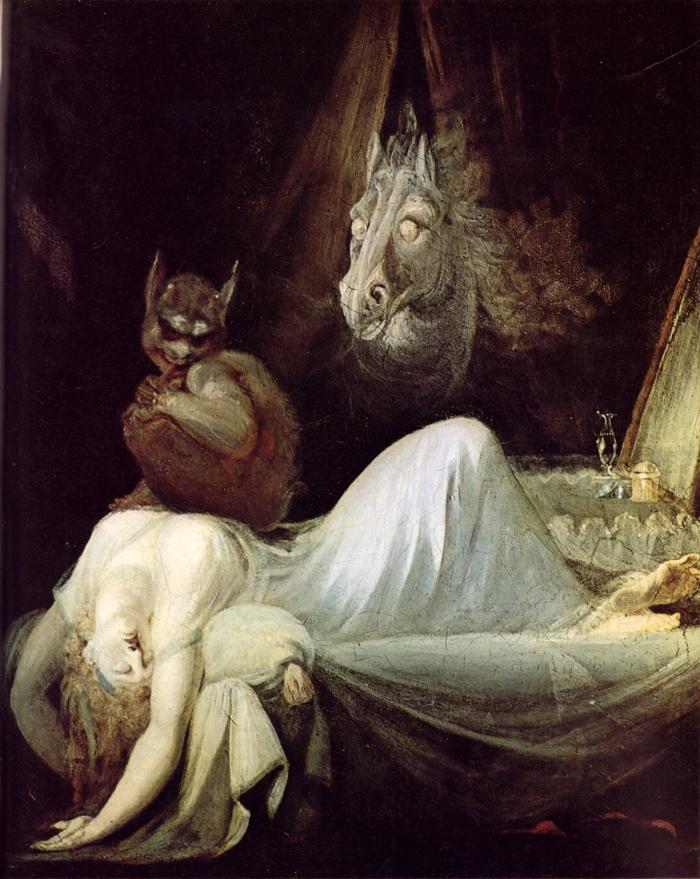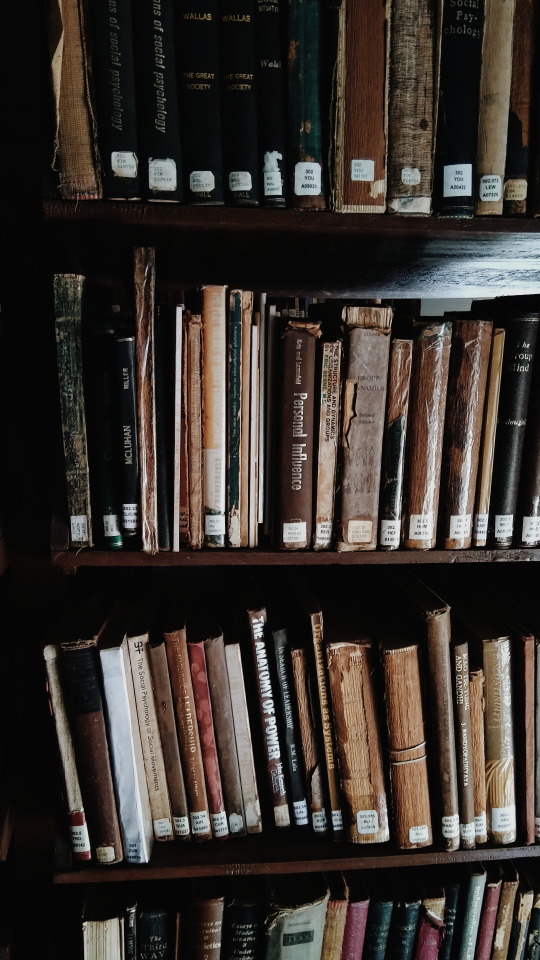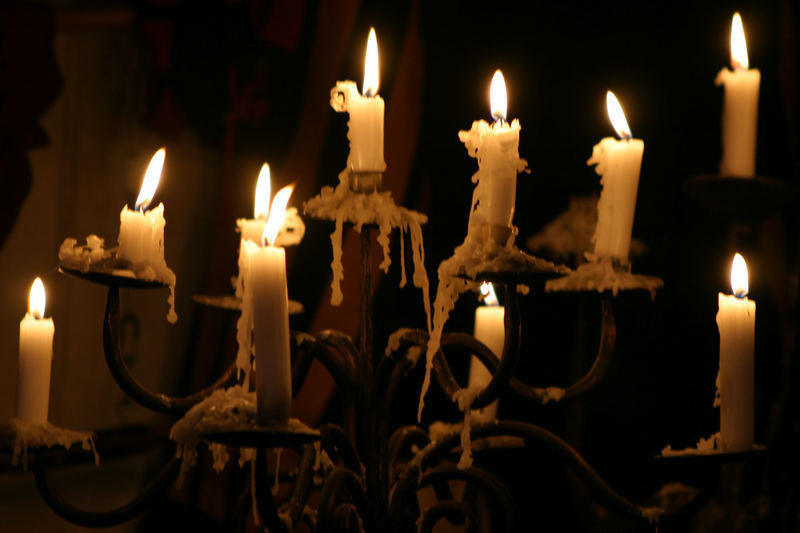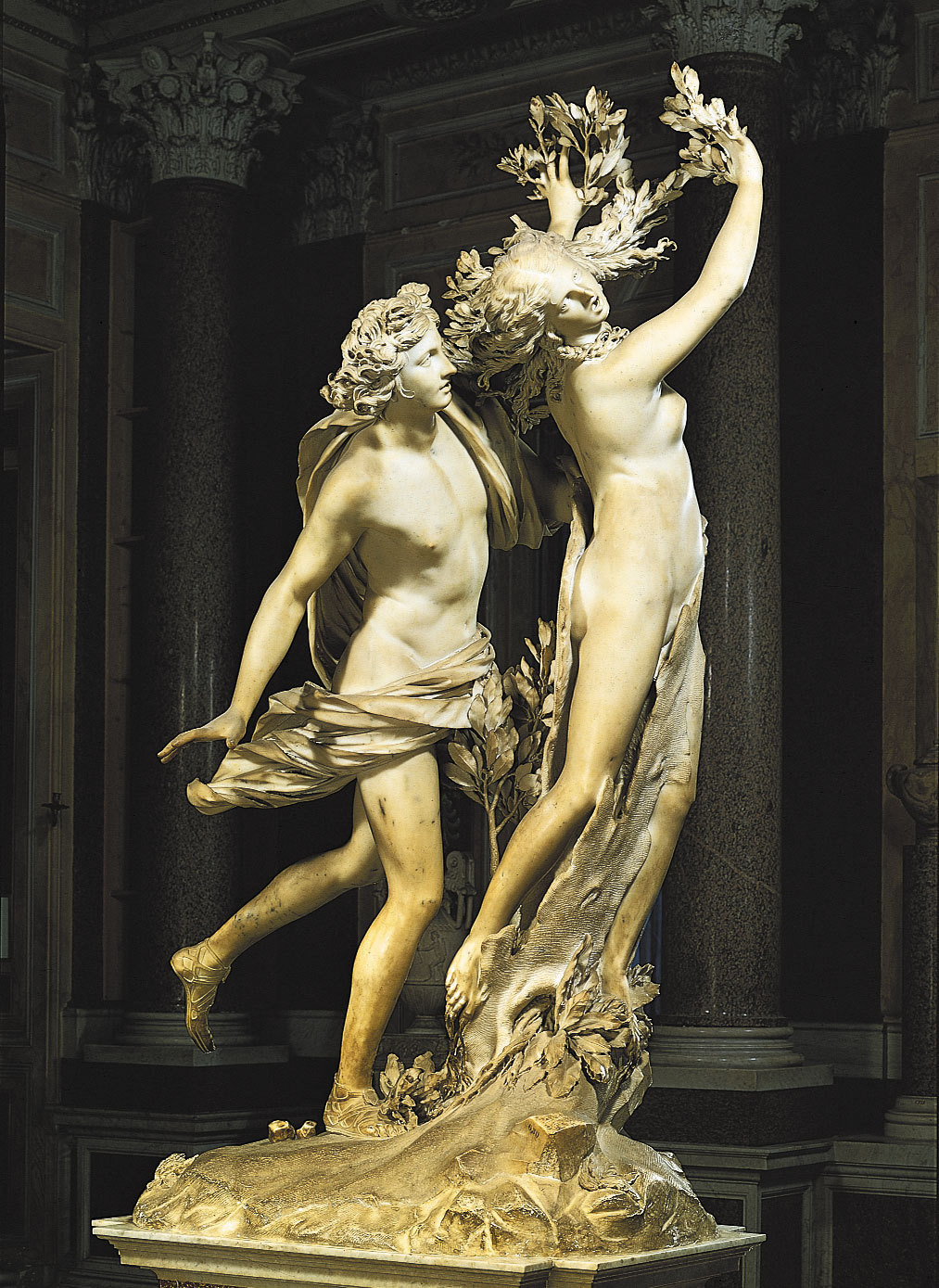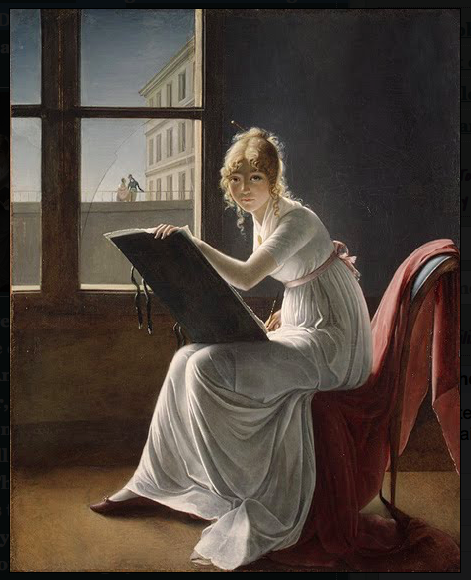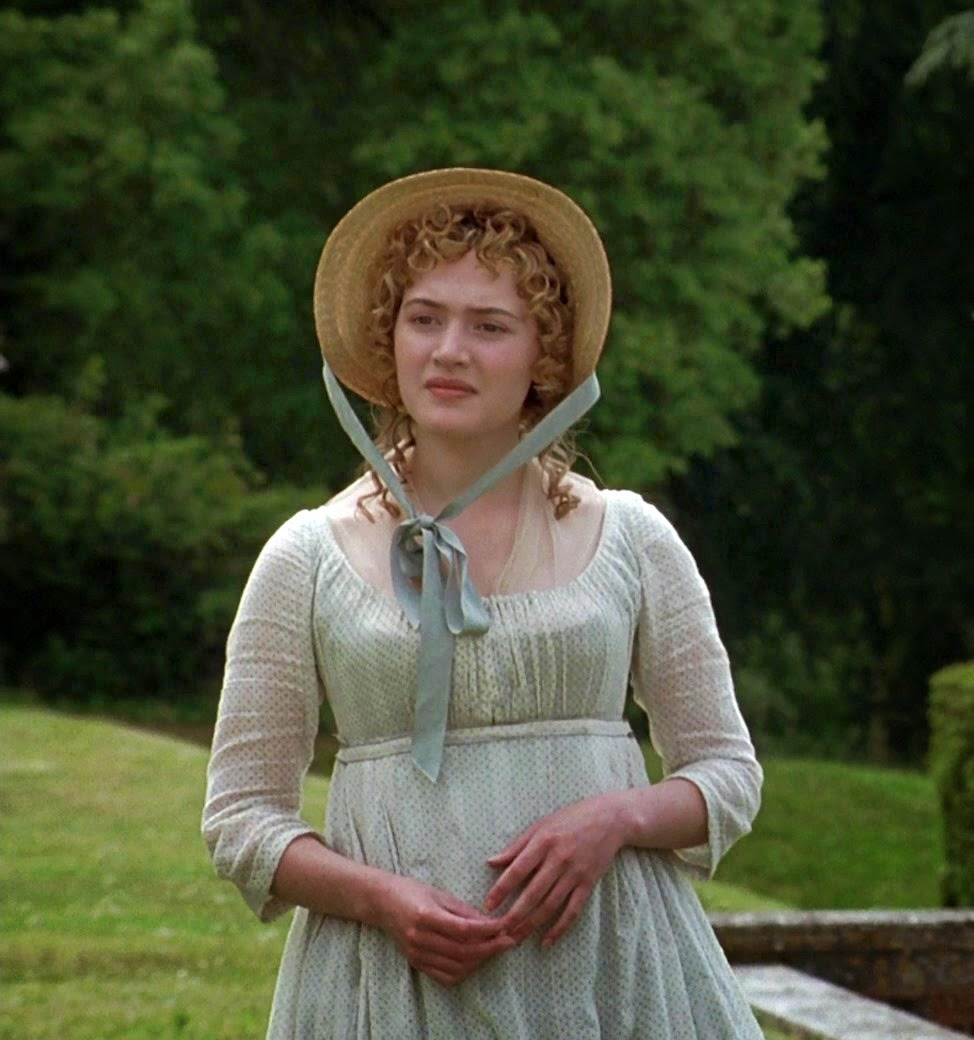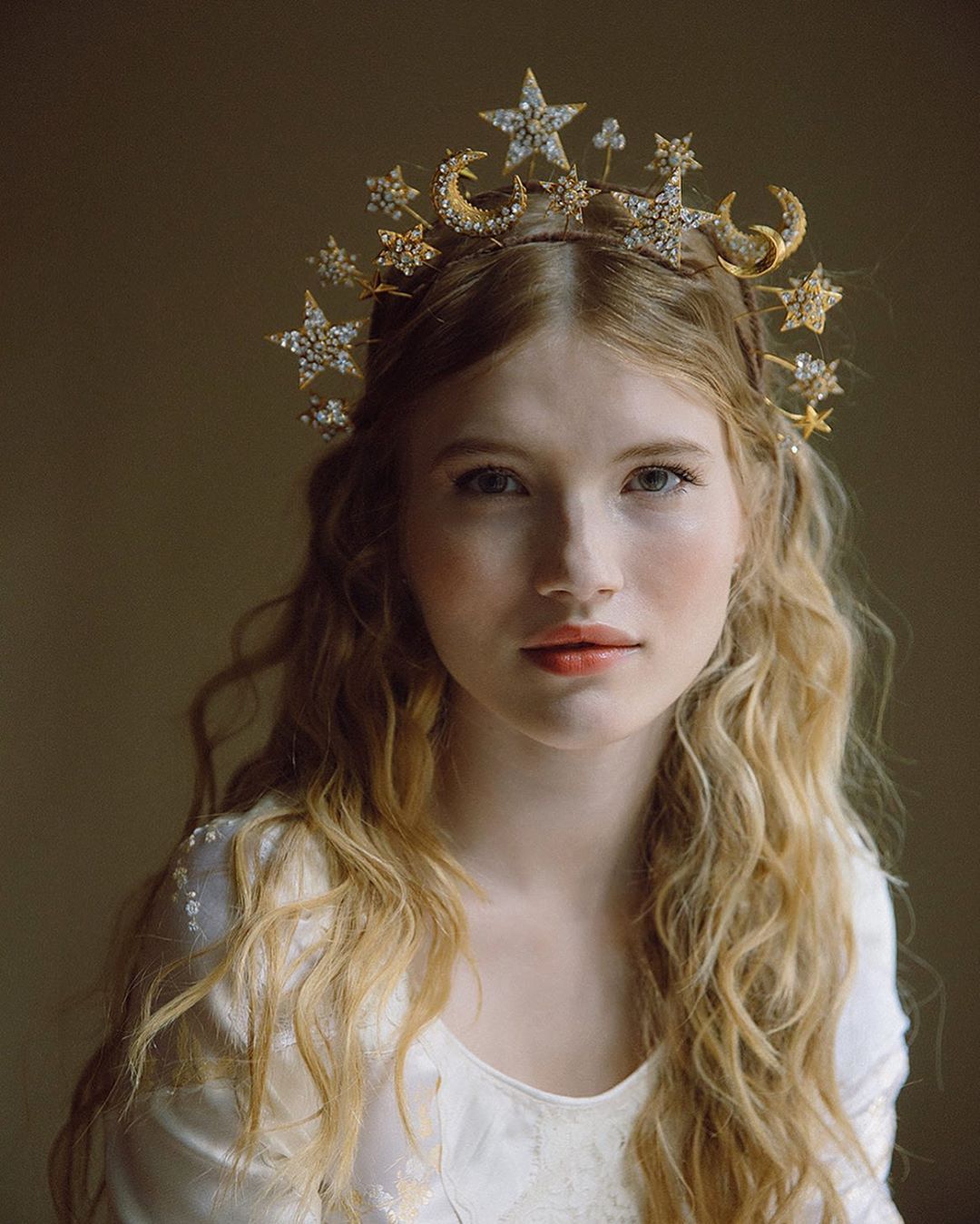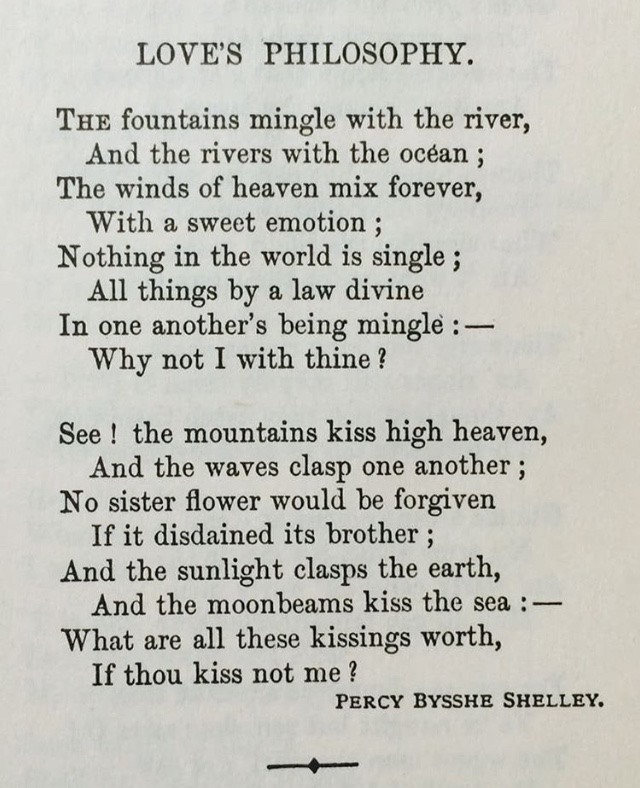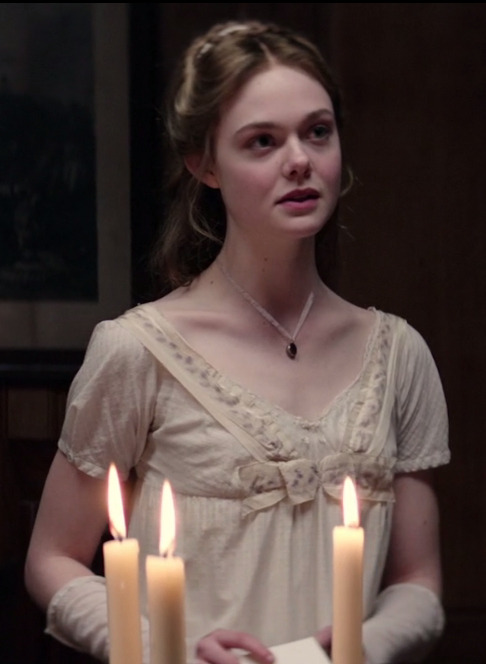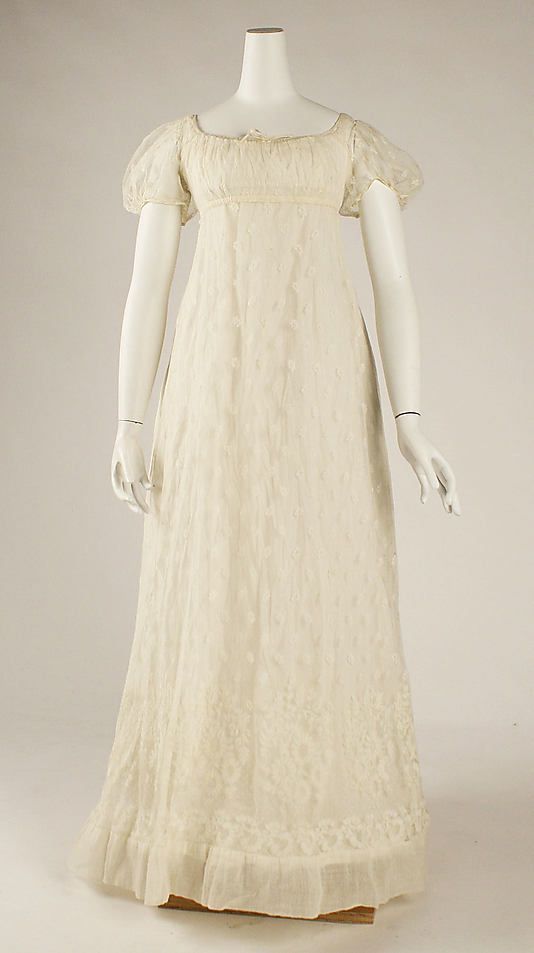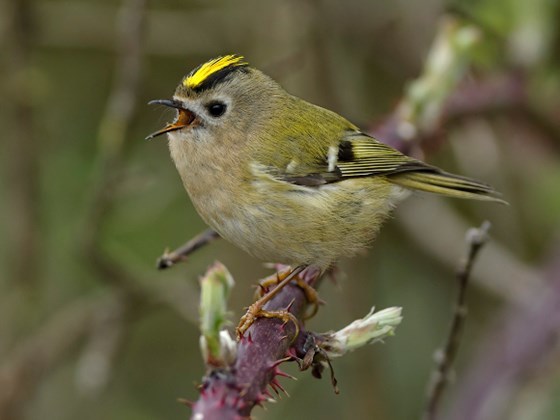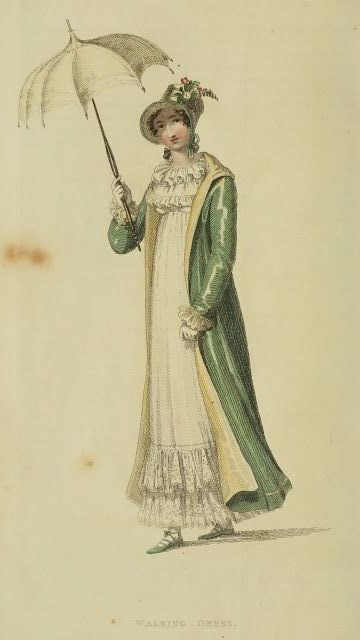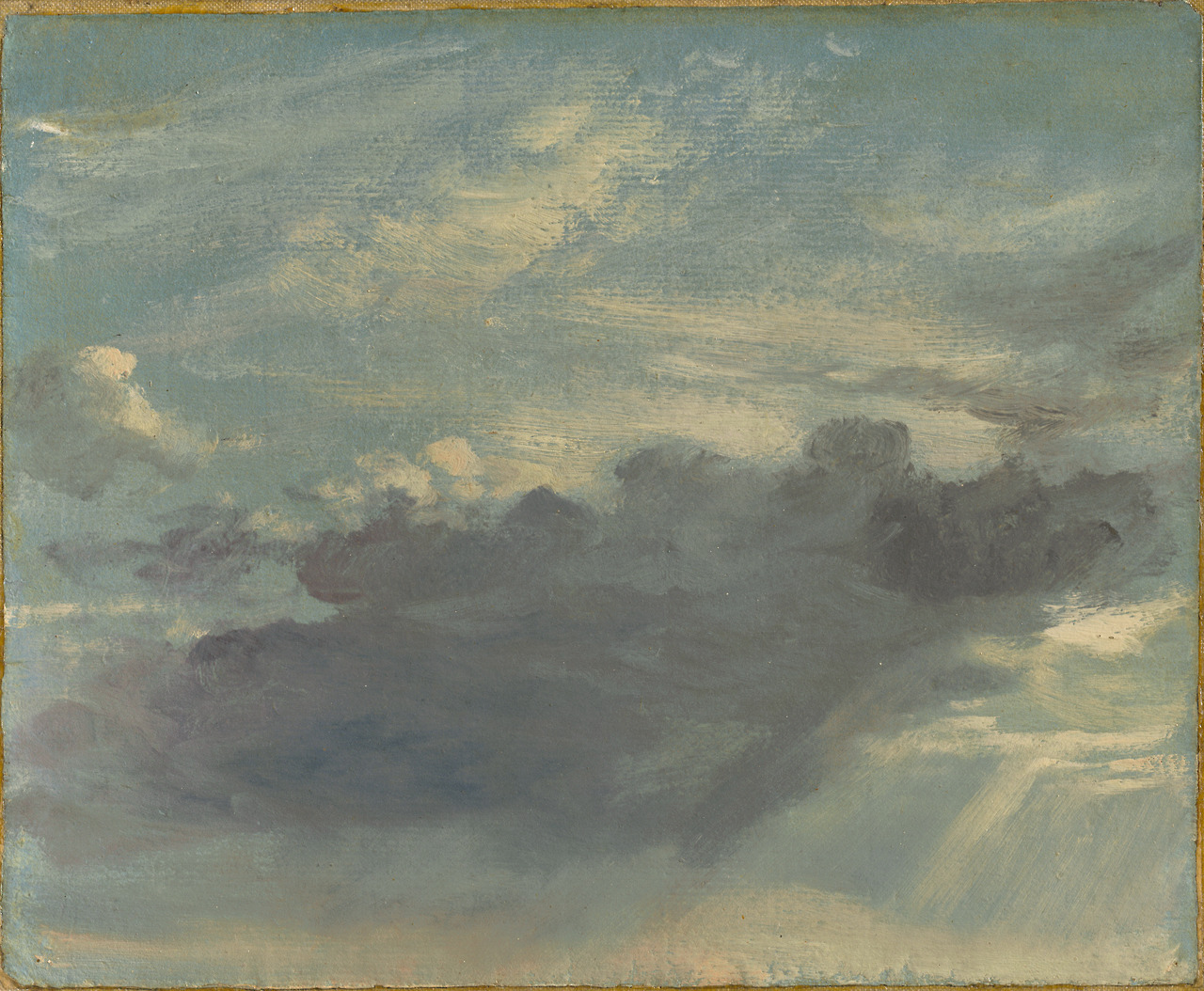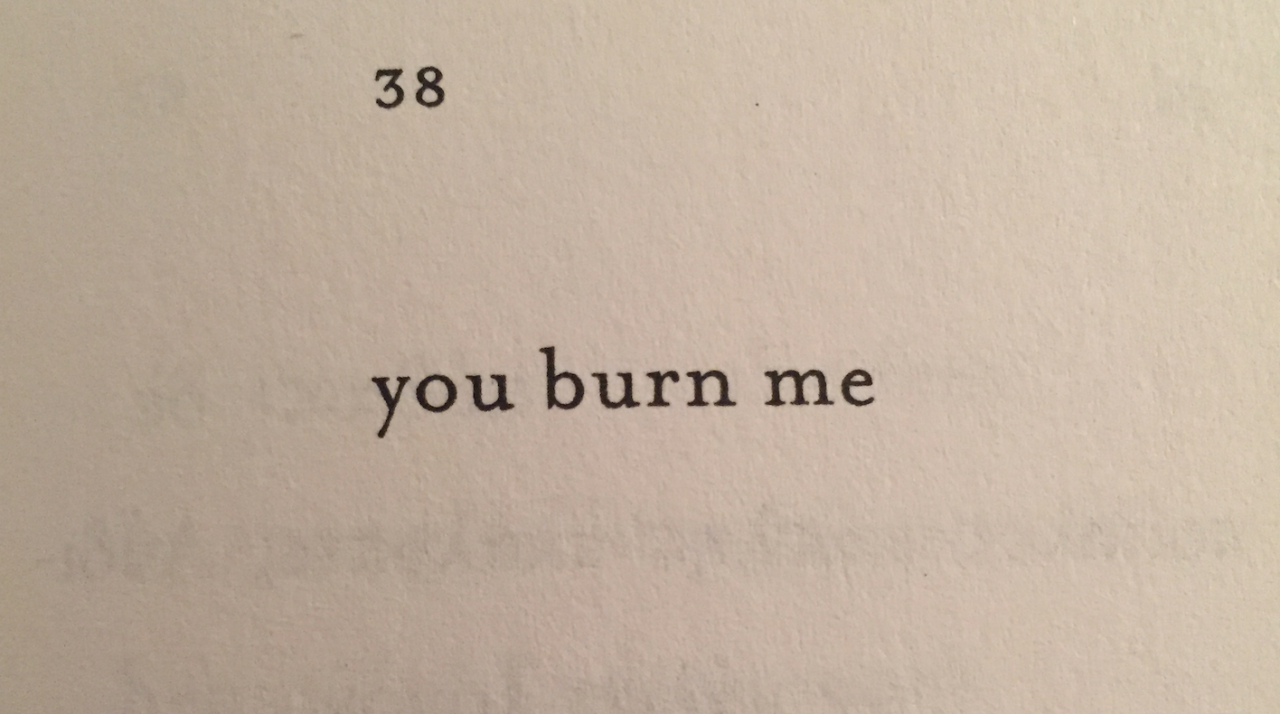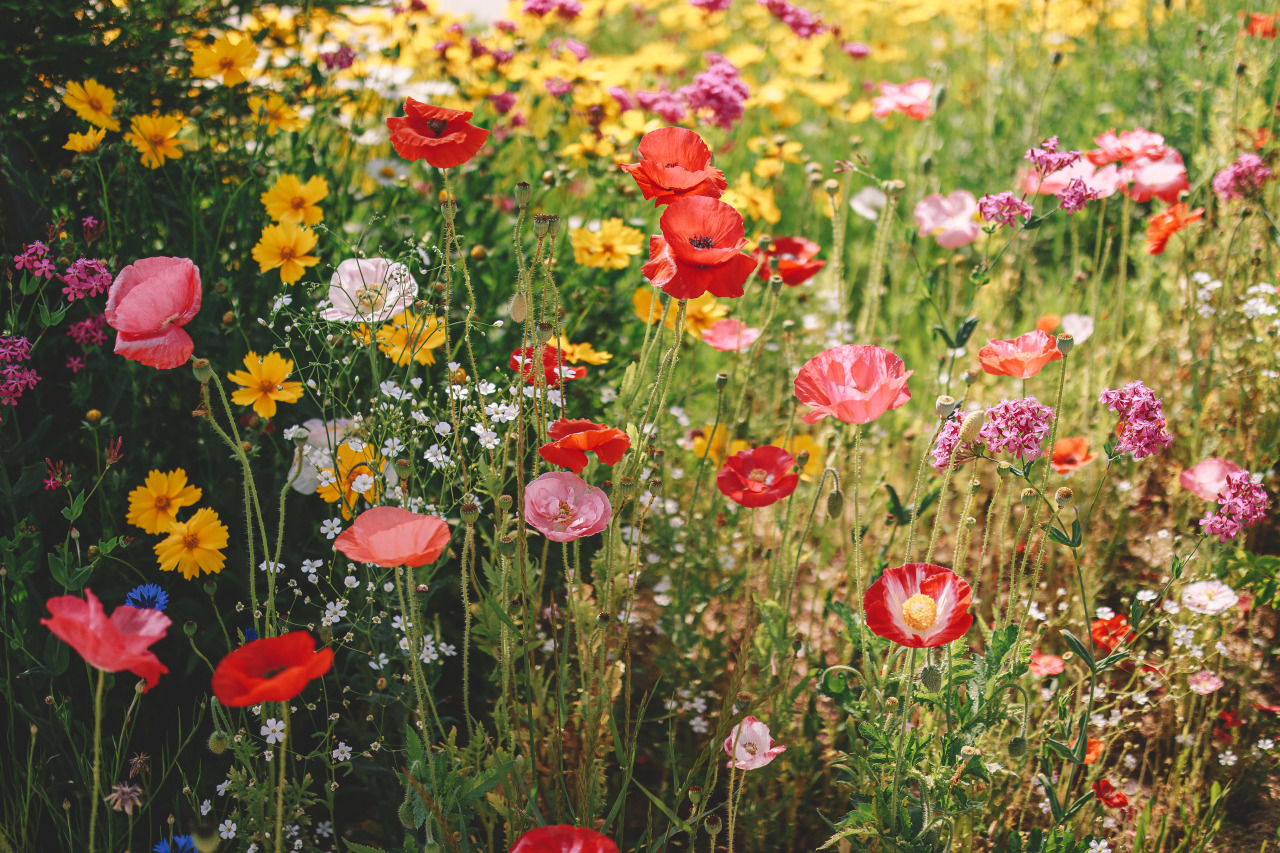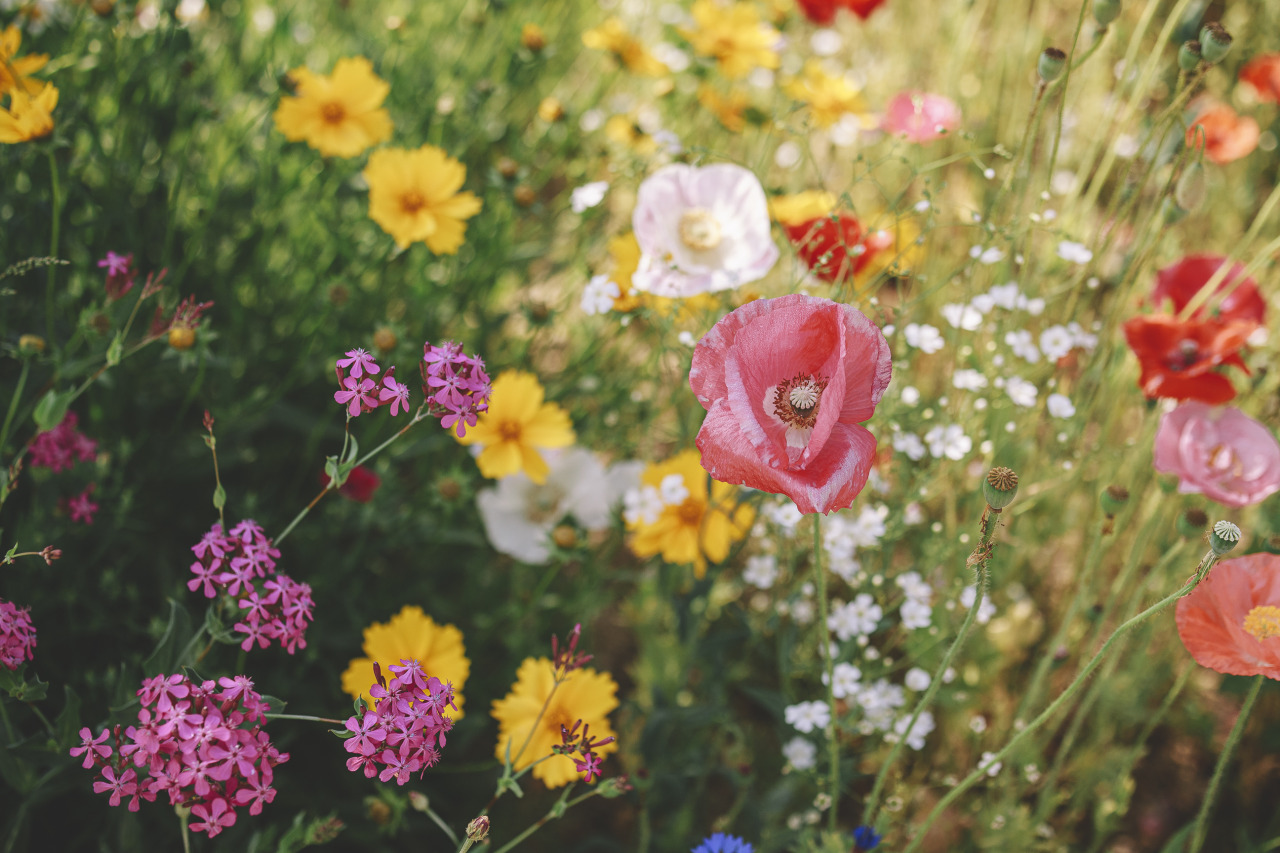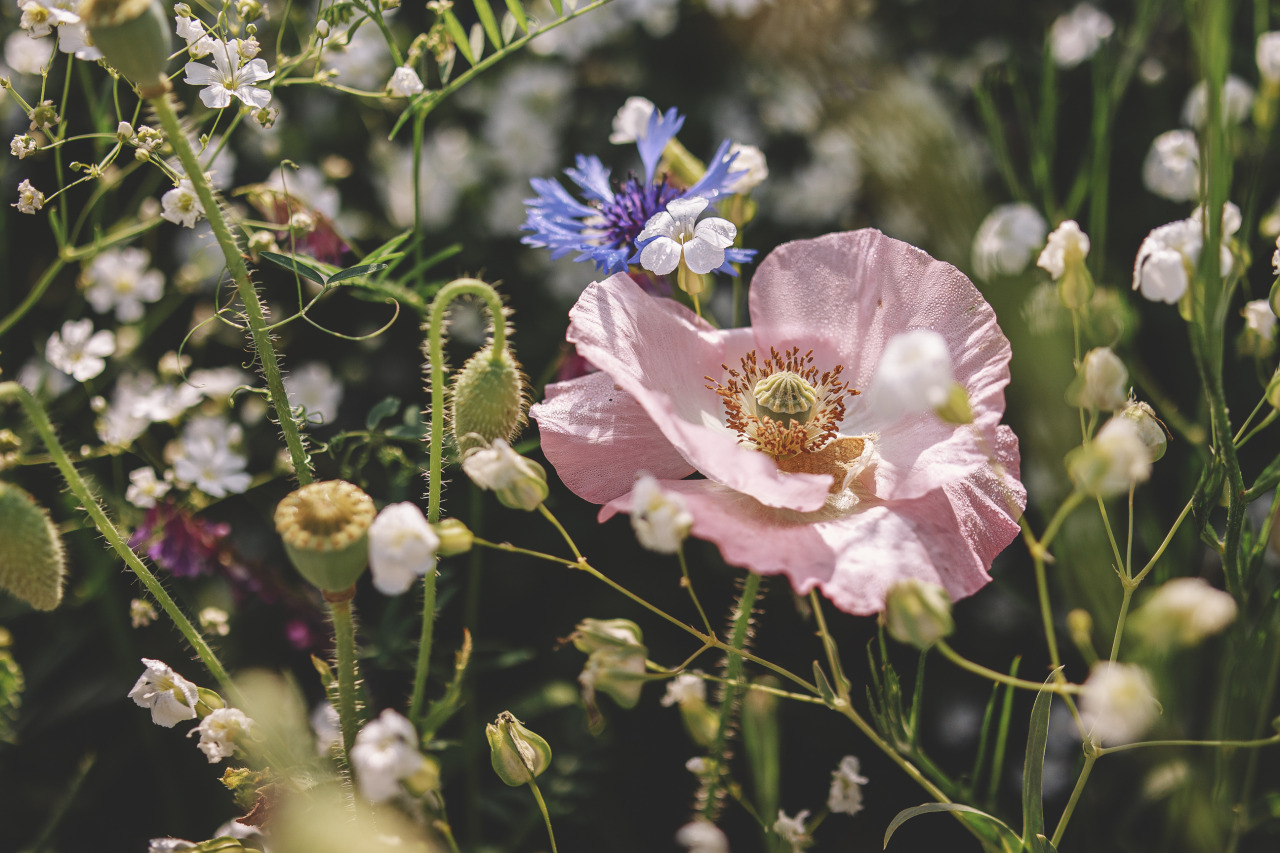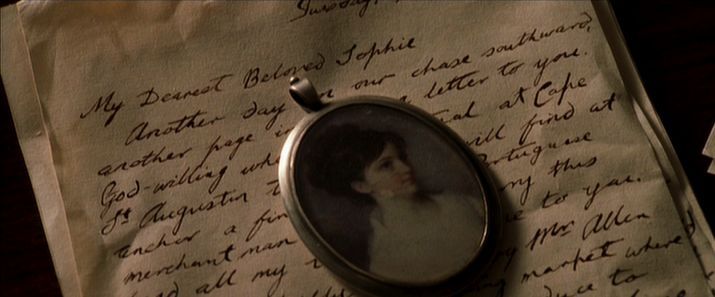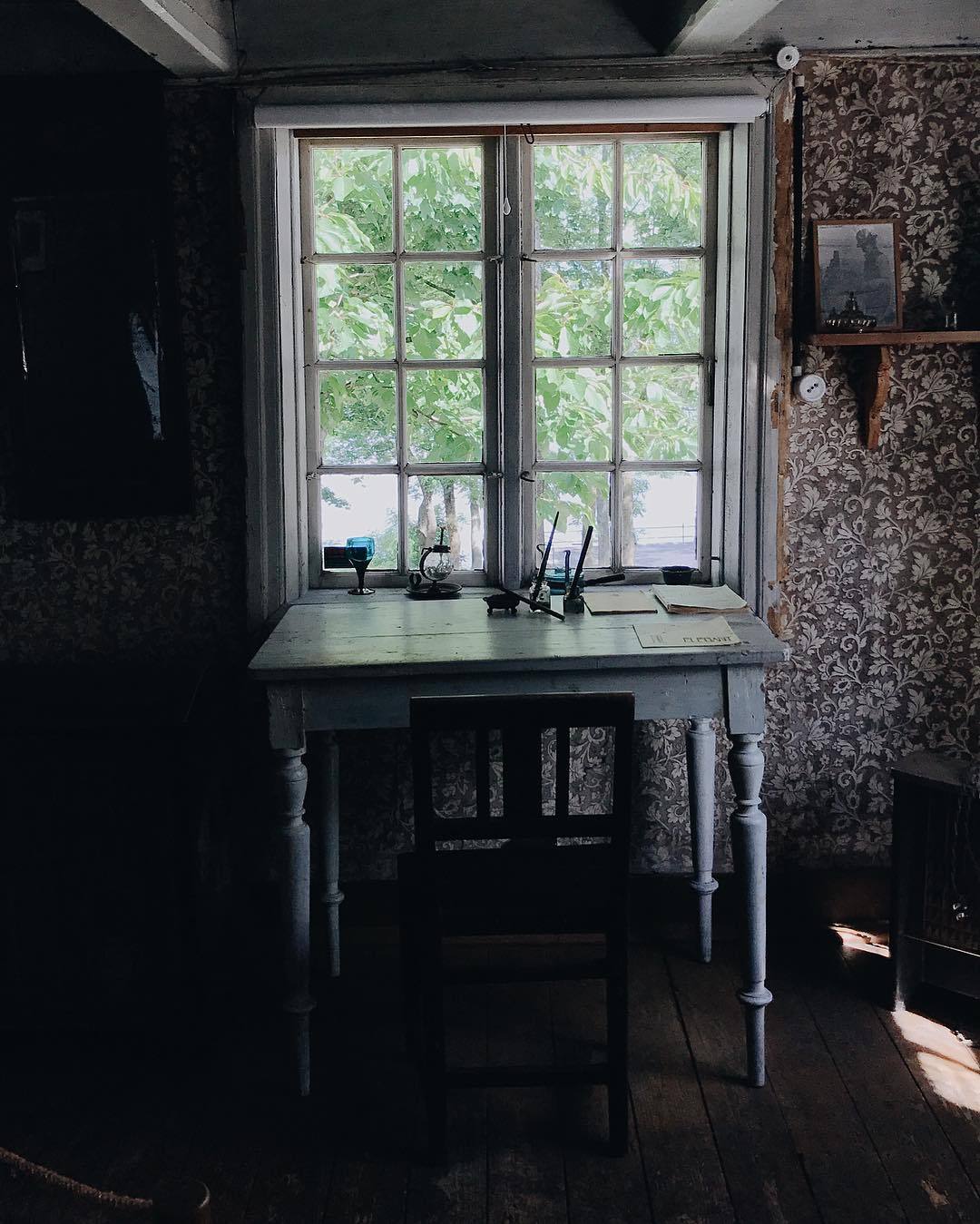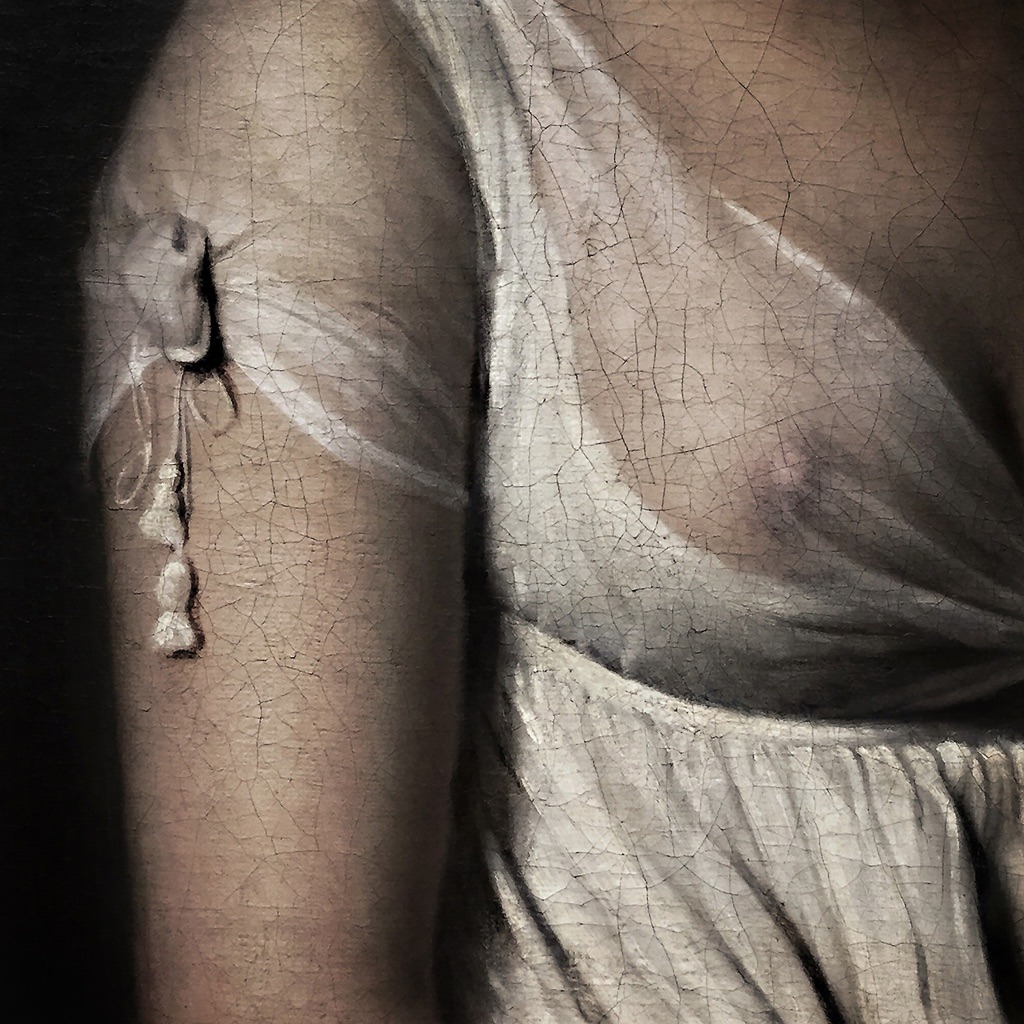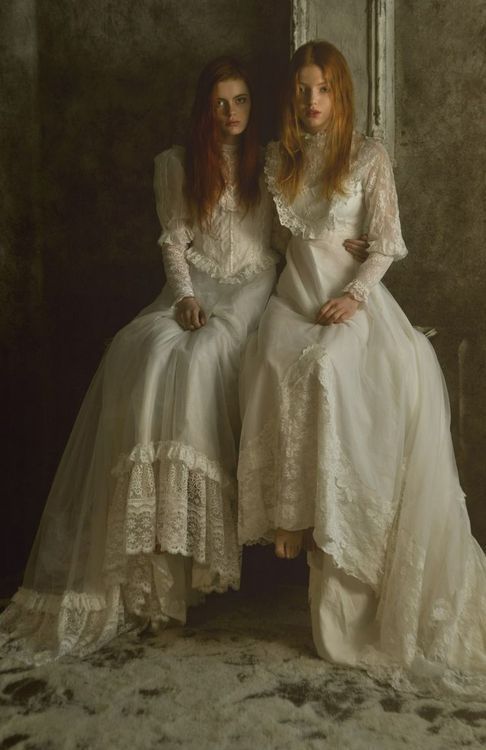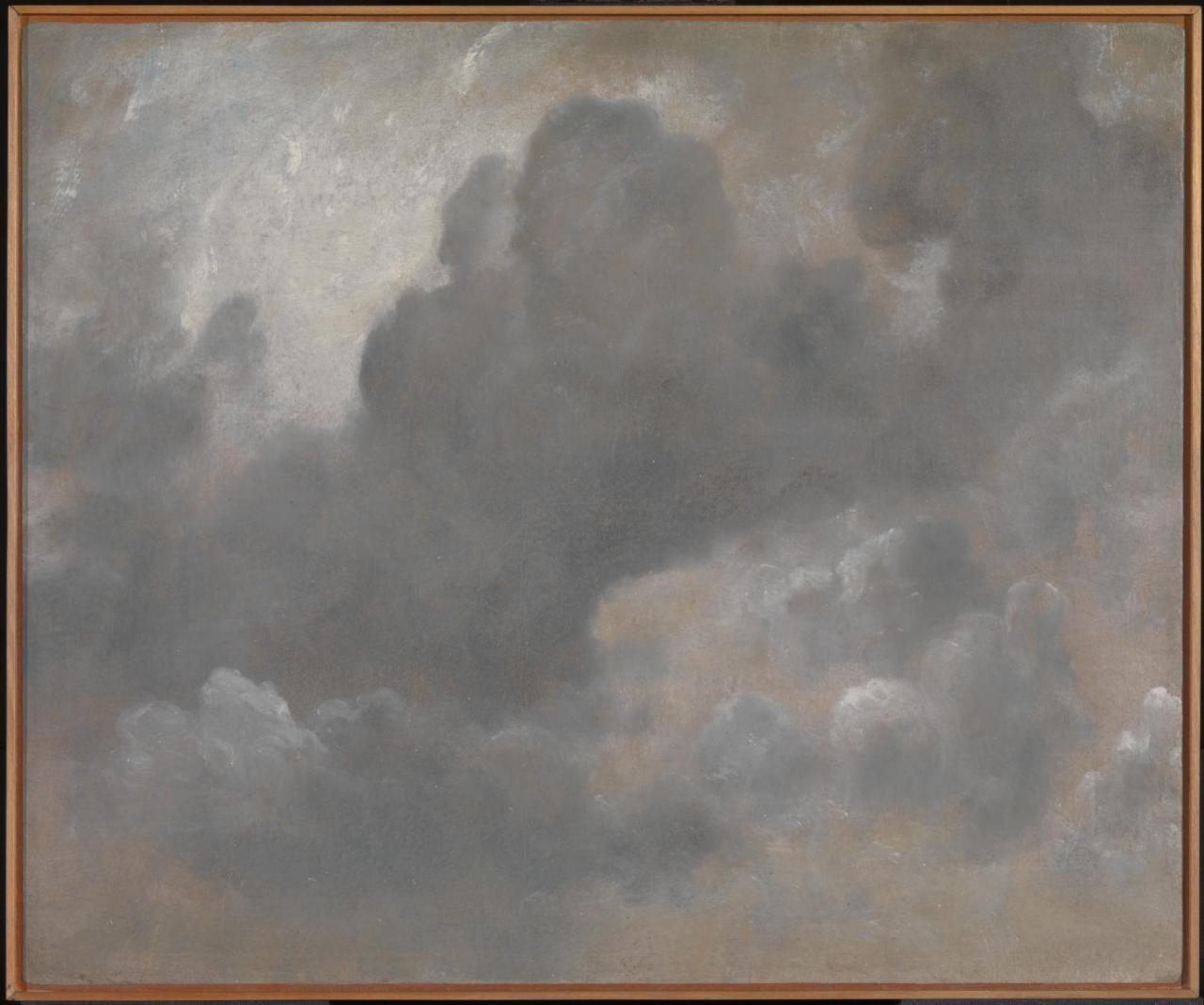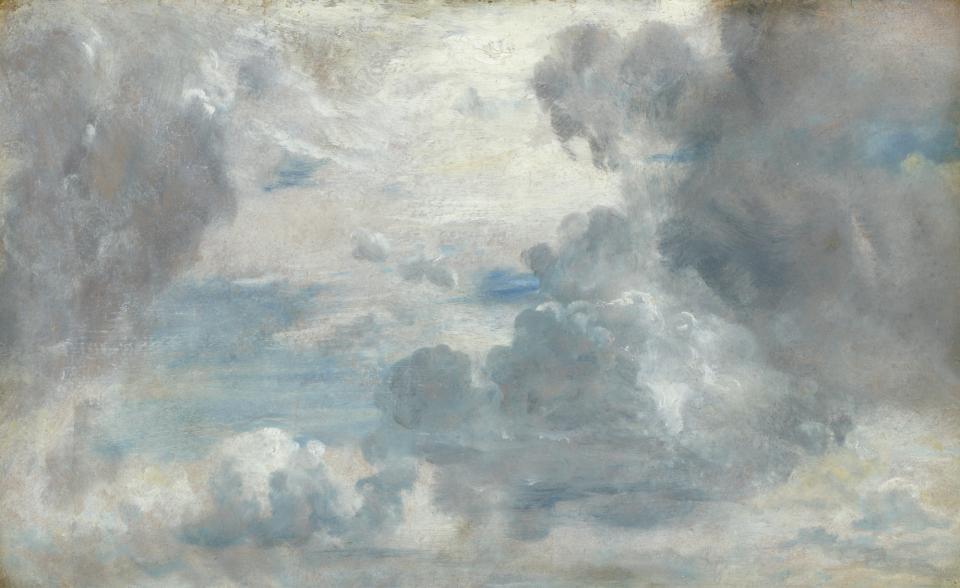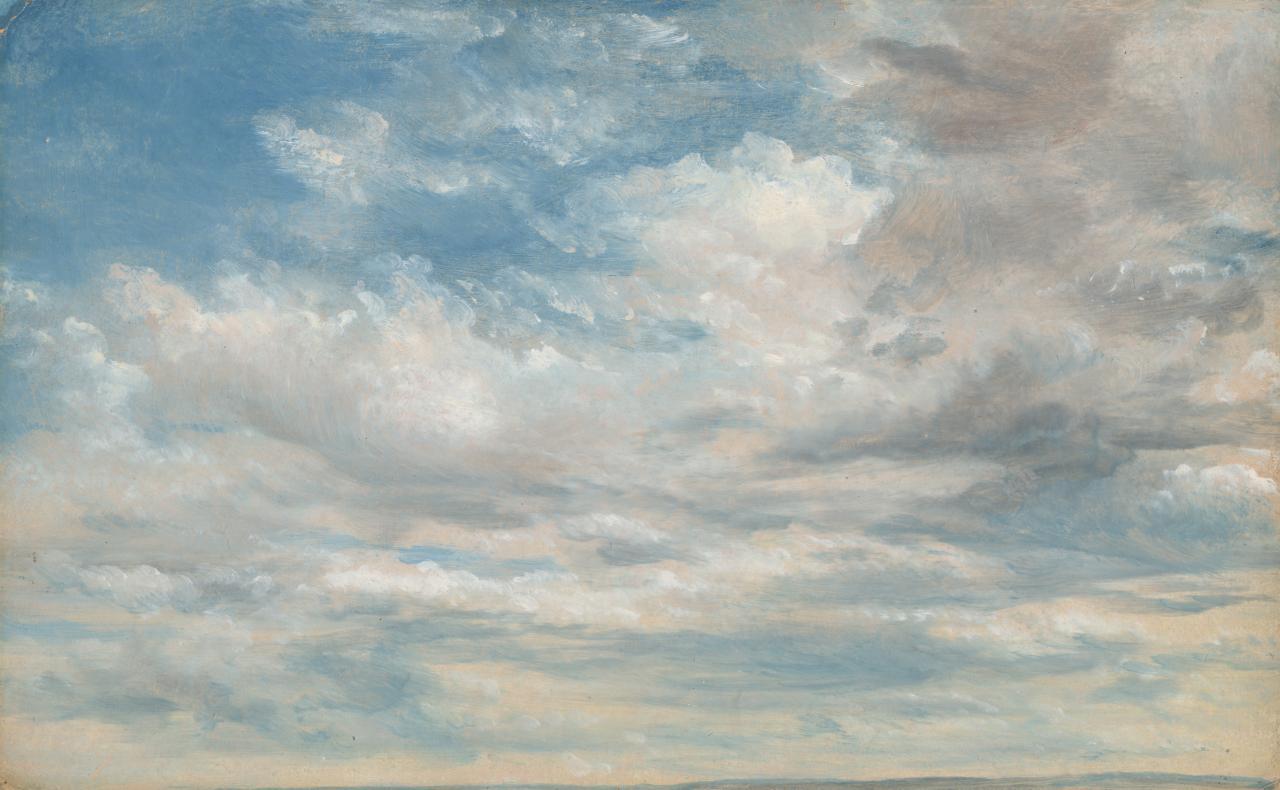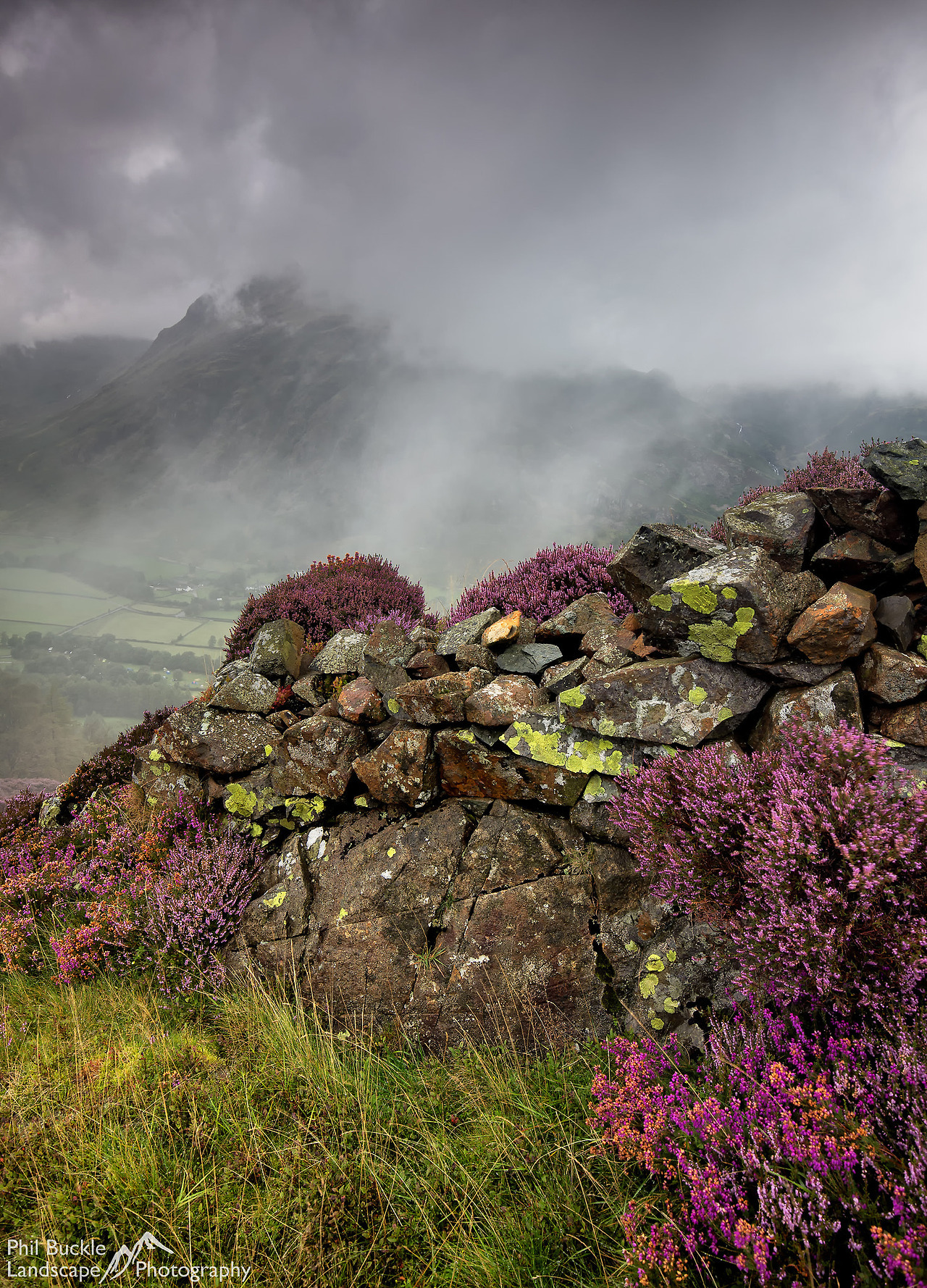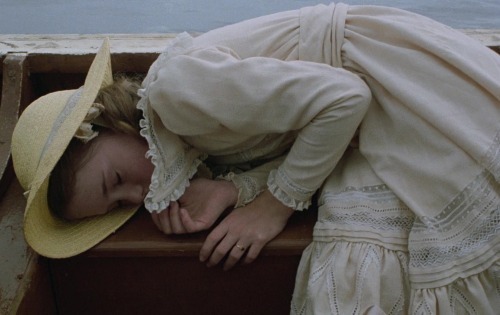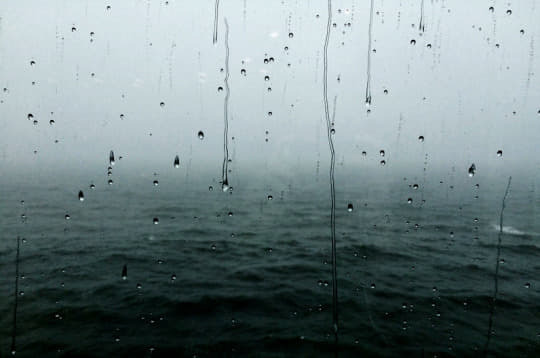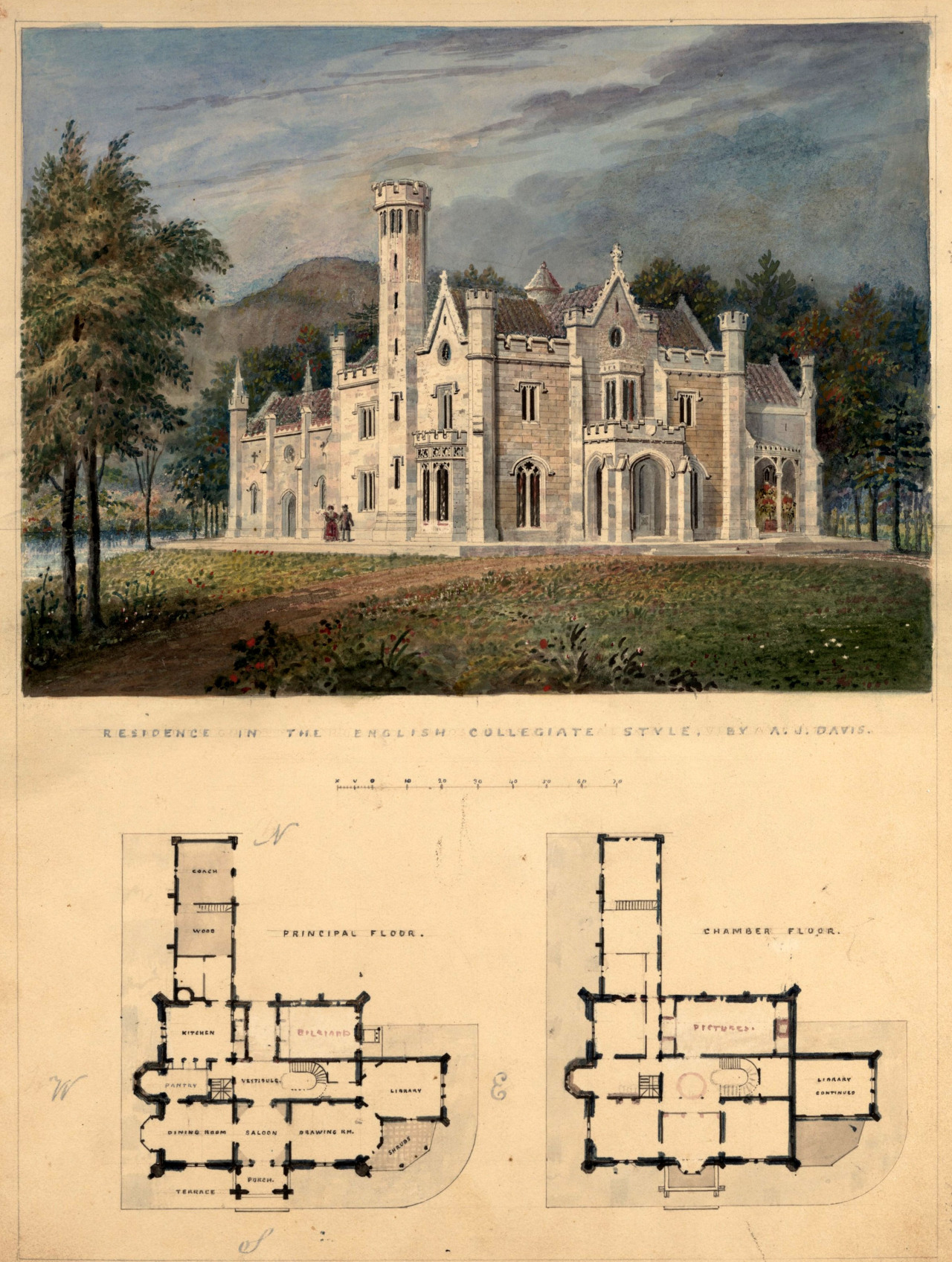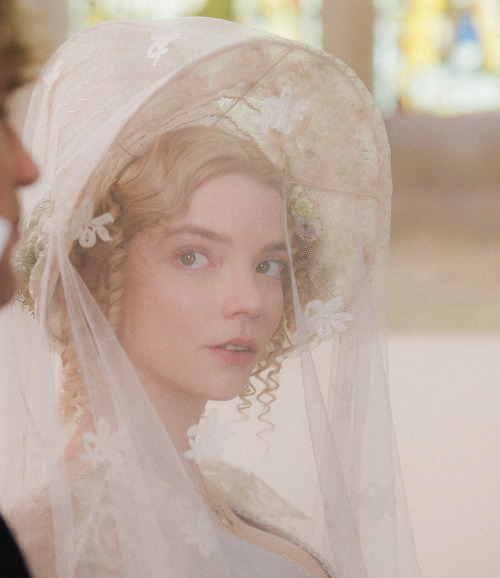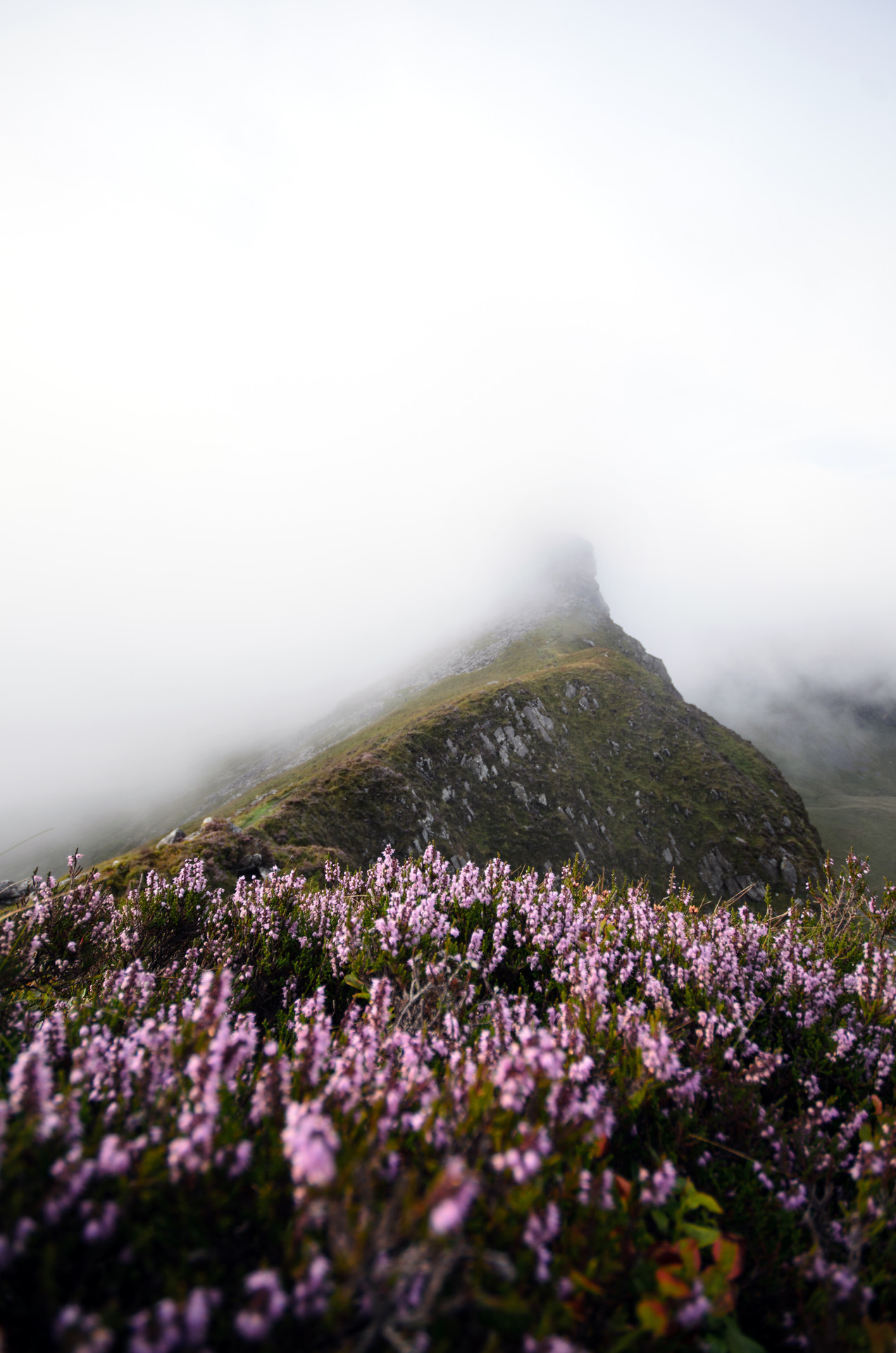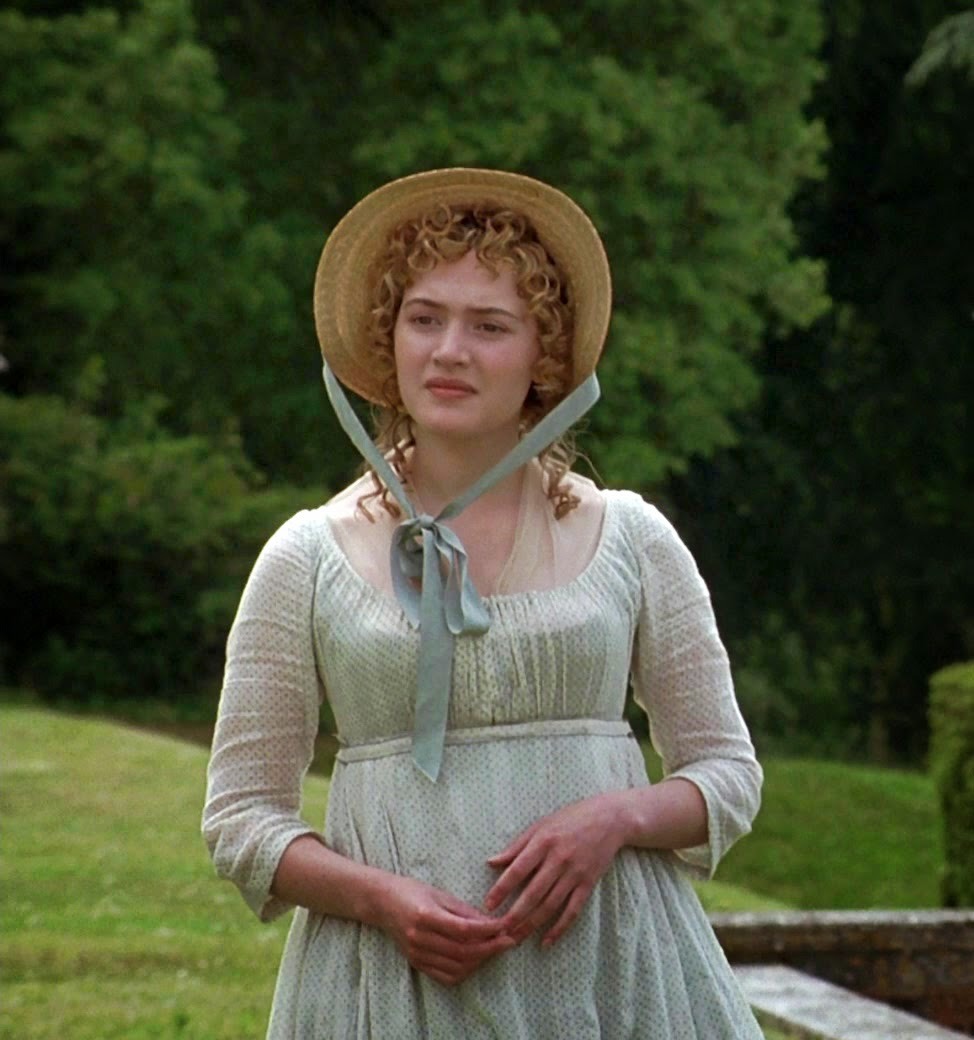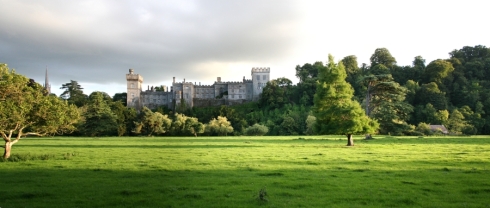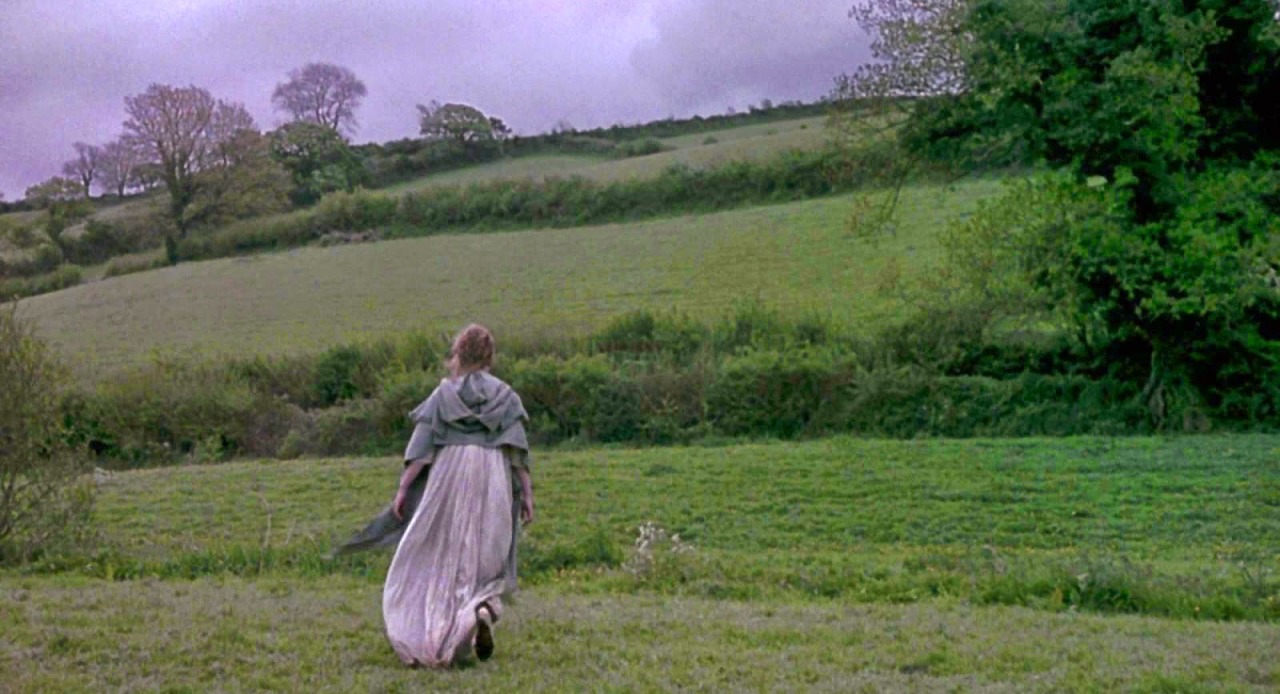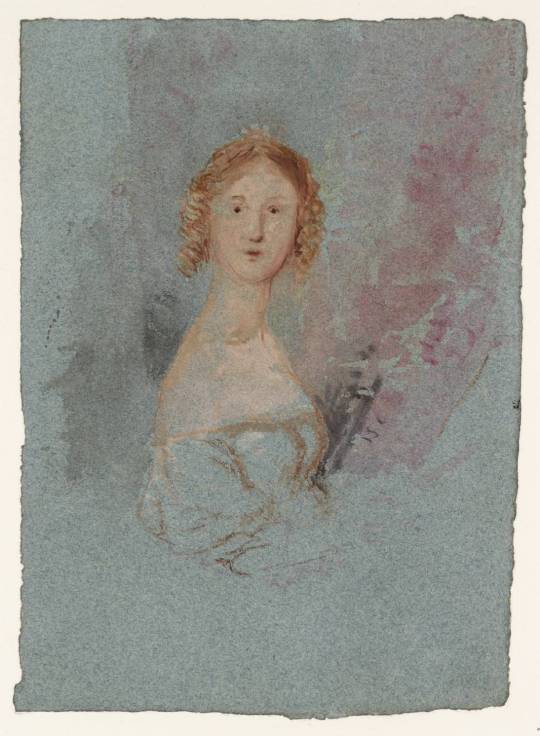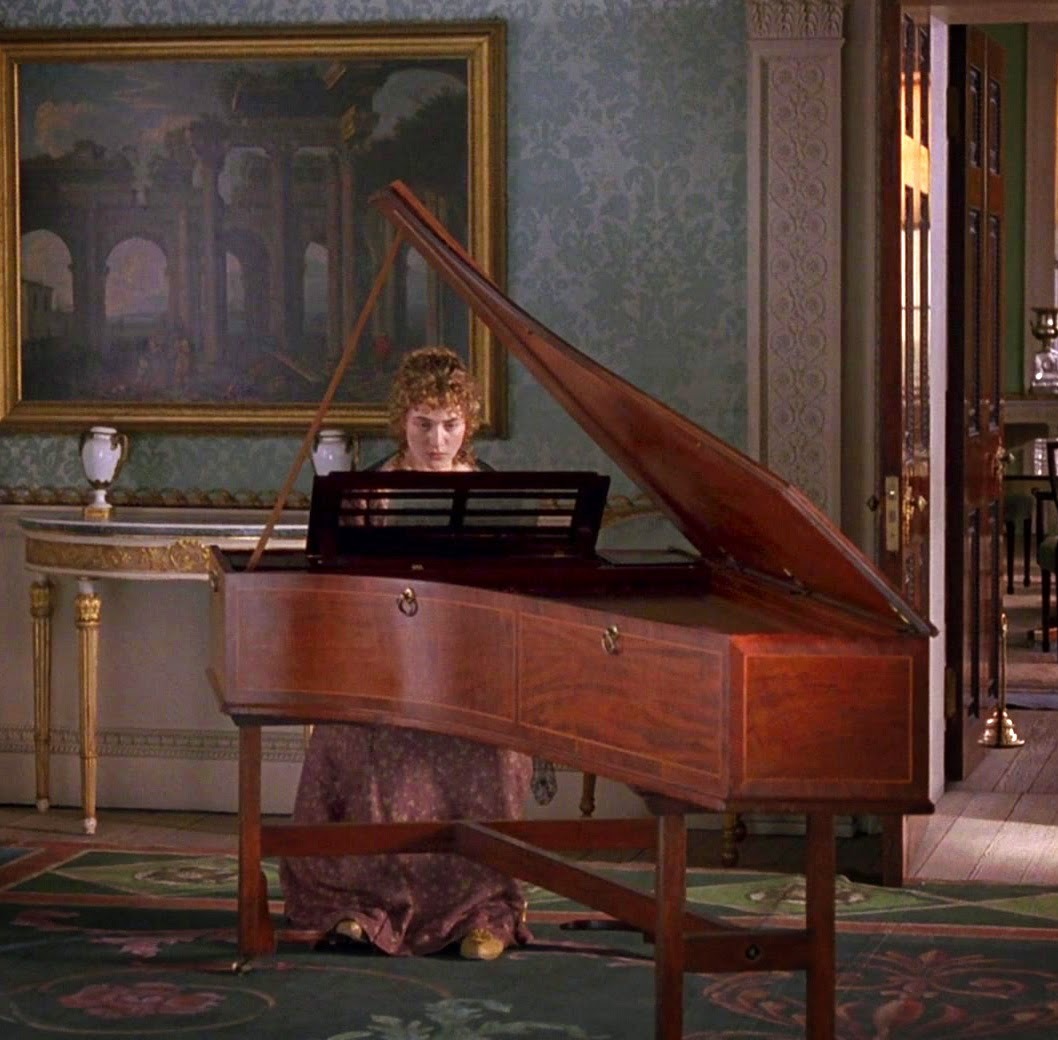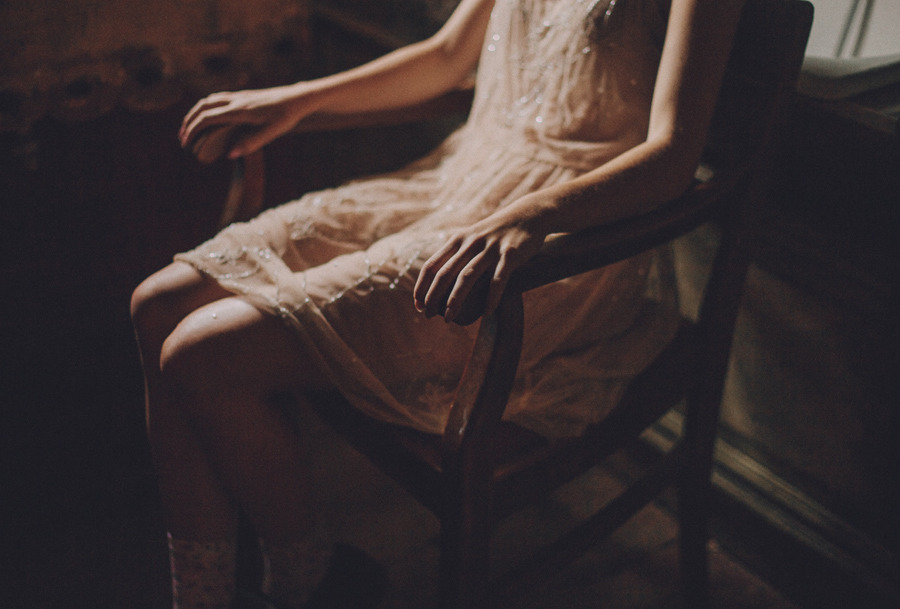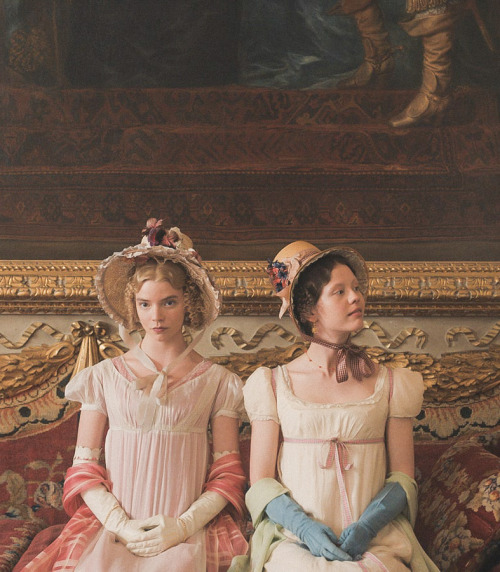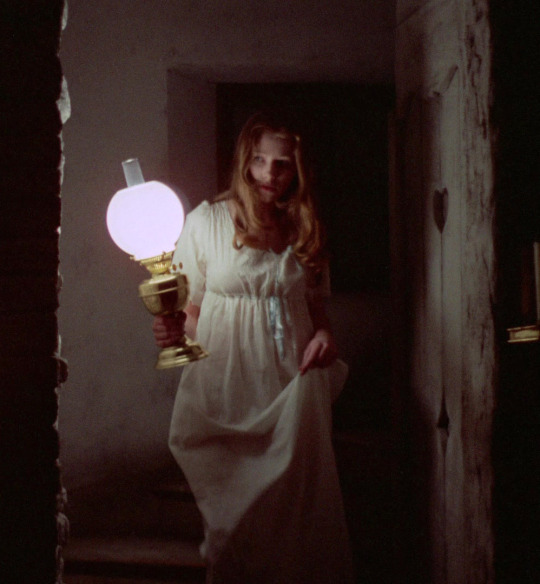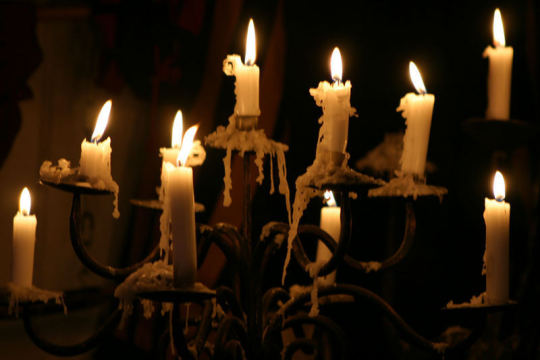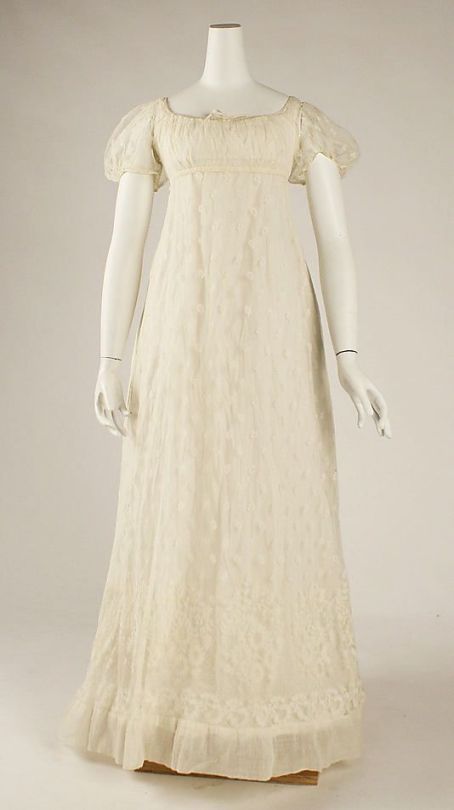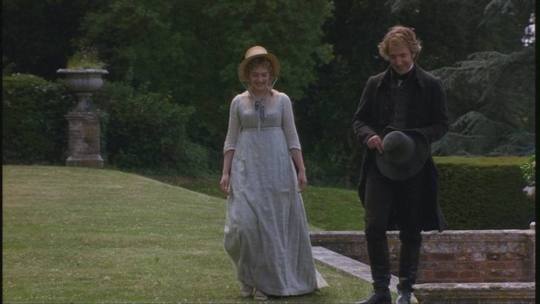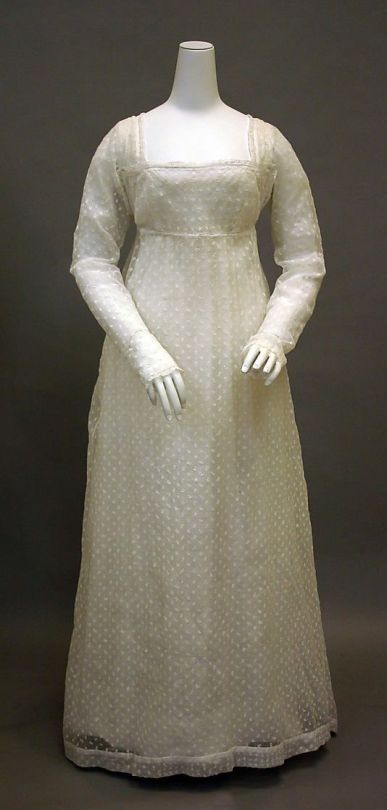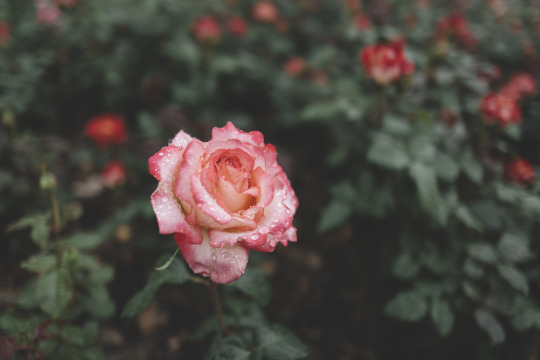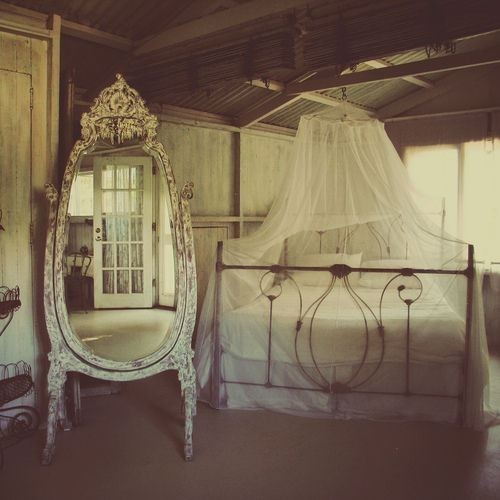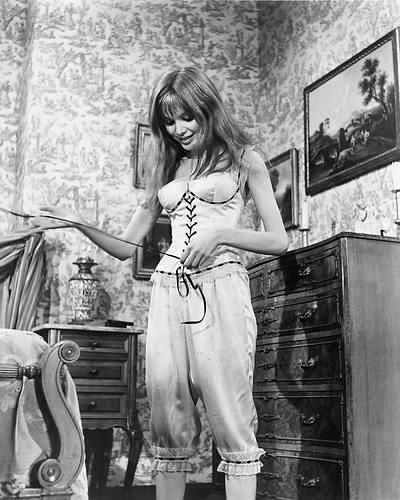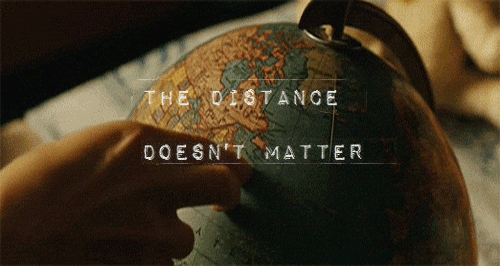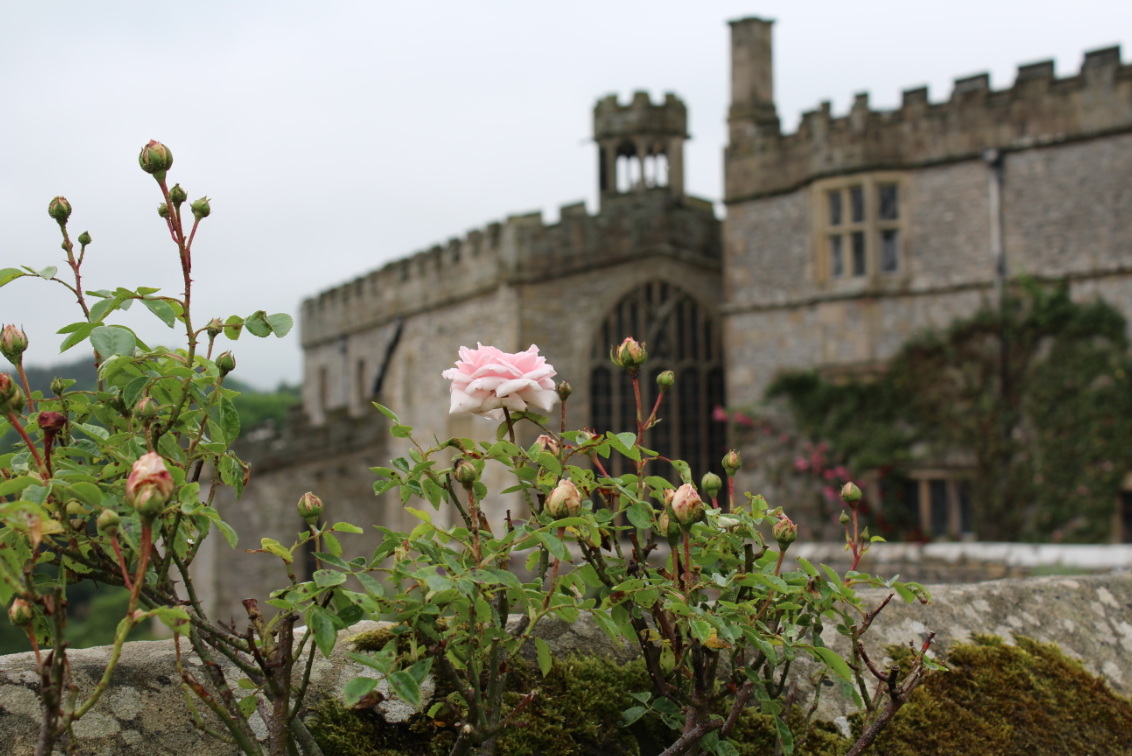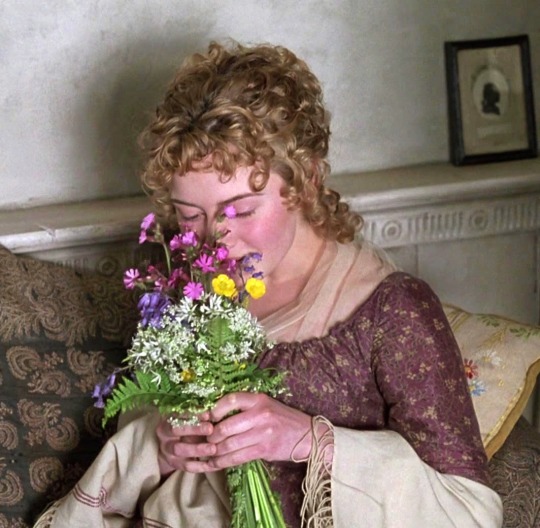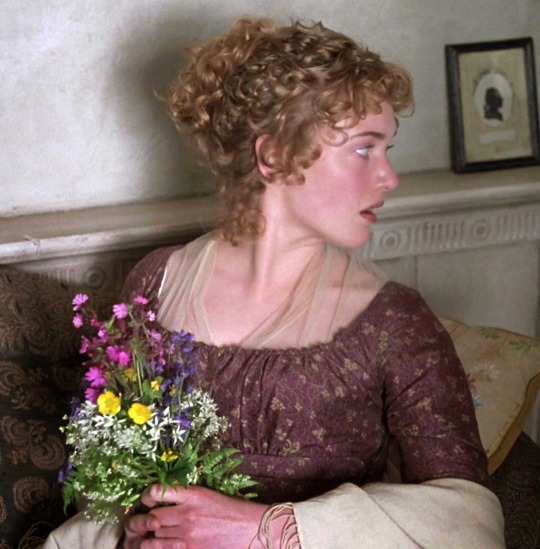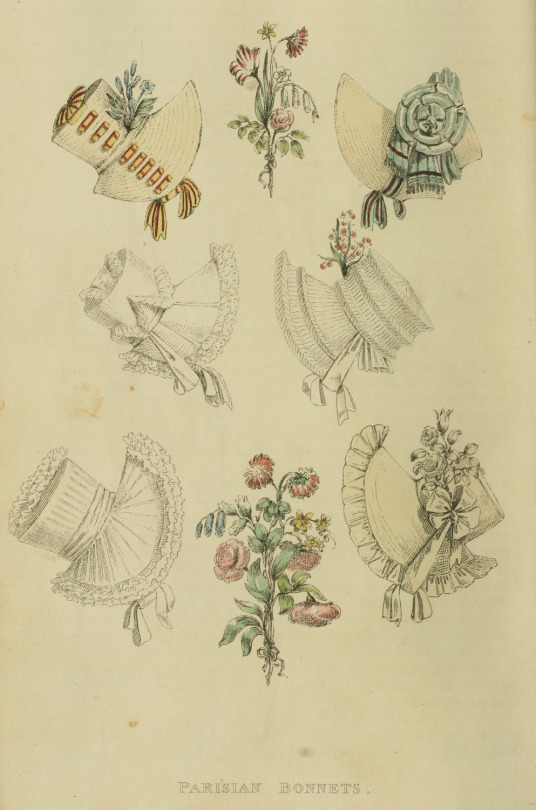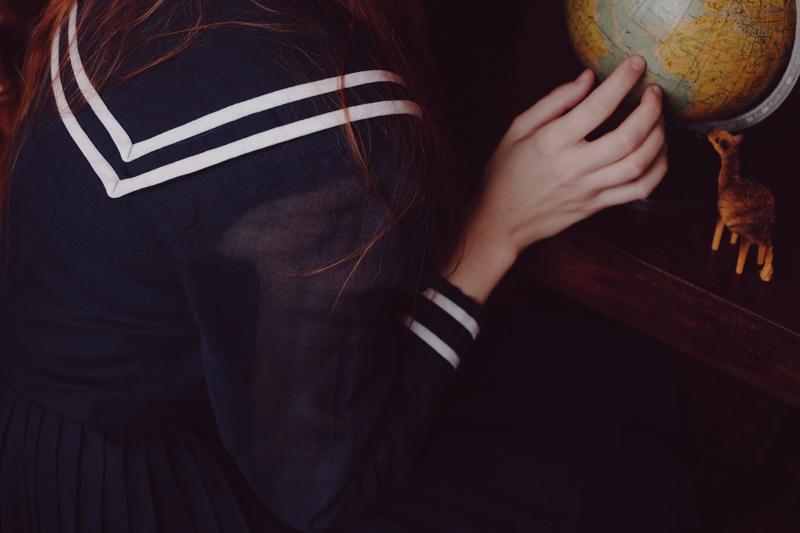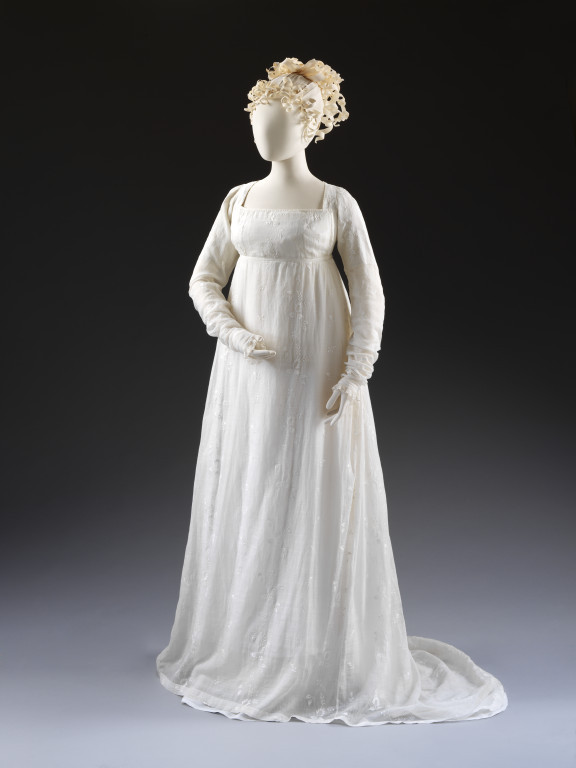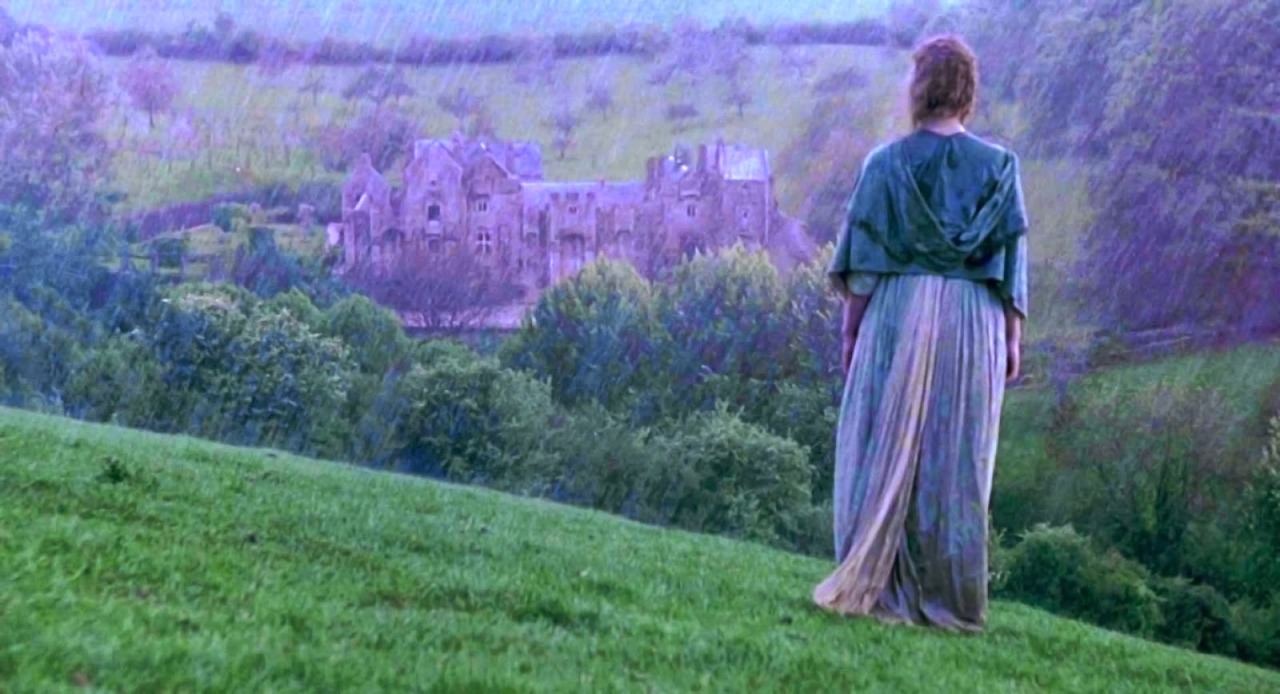Ian Curtis, the singer, songwriter and the front man of British post-punk band Joy Division took his life on the 18th May 1980, two months shy of his twenty-forth birthday. The second and last album of Joy Division, conveniently named “Closer” because it truly brought a sense of closure, an ending, was released on 18 July 1980; three days after Ian Curtis would have usually celebrate his birthday. In a way, for Curtis at least (other band members were still alive), this album was release posthumously. Since today is the 40th anniversary of Curtis’ death, I decided the explore the art behind the album cover of “Closer”.
 Joy Division, Closer, 1980, album cover designed by Peter Saville (Factory Records)
Joy Division, Closer, 1980, album cover designed by Peter Saville (Factory Records)
Existence well what does it matter?
I exist on the best terms I can
The past is now part of my future,
The present is well out of hand
The present is well out of hand…
(Heart and Soul)
Life goes on, music scene goes on, even the other band members went on with their music and formed a new band, New Order, but for Joy Division the “Closer” marks an ending and the album cover is eerily appropriate. The black and white design of the album features the title “Closer” and under it there’s a sombre and gloomy photograph of a tomb. The photograph of the tomb used for the album cover was taken in 1978 by Bernard Pierre Wolff. The tomb was sculpted by Demetrio Paernio in 1910 for the Appiani family tomb in the Monumental Cemetery of Staglieno in Genoa, Italy. Paernio (1851-1914) was an Italian sculptor who designed and carved a plethora of tombs for the Staglieno cemetery, but the Appiani family tomb seems especially eerie and gloomy, and therefore fitting for the album of “Closer”.
The tomb shows a man lying on a catafalque, surrounded by his grieving family members. The gestures of the figures presented truly bring the mood of melancholy and anguish; one woman has thrown herself on the ground, from agony and pain of the loss, while the other two are kneeling down, the one in the middle covered her face in her hand, unable to face sad reality of the situation. Looking at the actual, less-artistic photograph of the tomb bellow, it seems to me that the person deceased could be Giovanni who died in 1907. The tomb was designed in 1910, but I am sure that the artist’s commission takes time, especially if it’s a sculpture which requires time and effort. Paernio beautifully depicted the tragedy of the grieving family through the gestures and poses, but also through the clothes; the creases and fluid lines of their robes appear so vivid and alive. This is definitely not a stiff looking tomb, it’s full of emotions, tragedy and passion. I can imagine how morbidly beautiful and magical it would look surrounded by candles and flowers, in autumnal dusk when distant sky is a greyish with a tinge of pink.
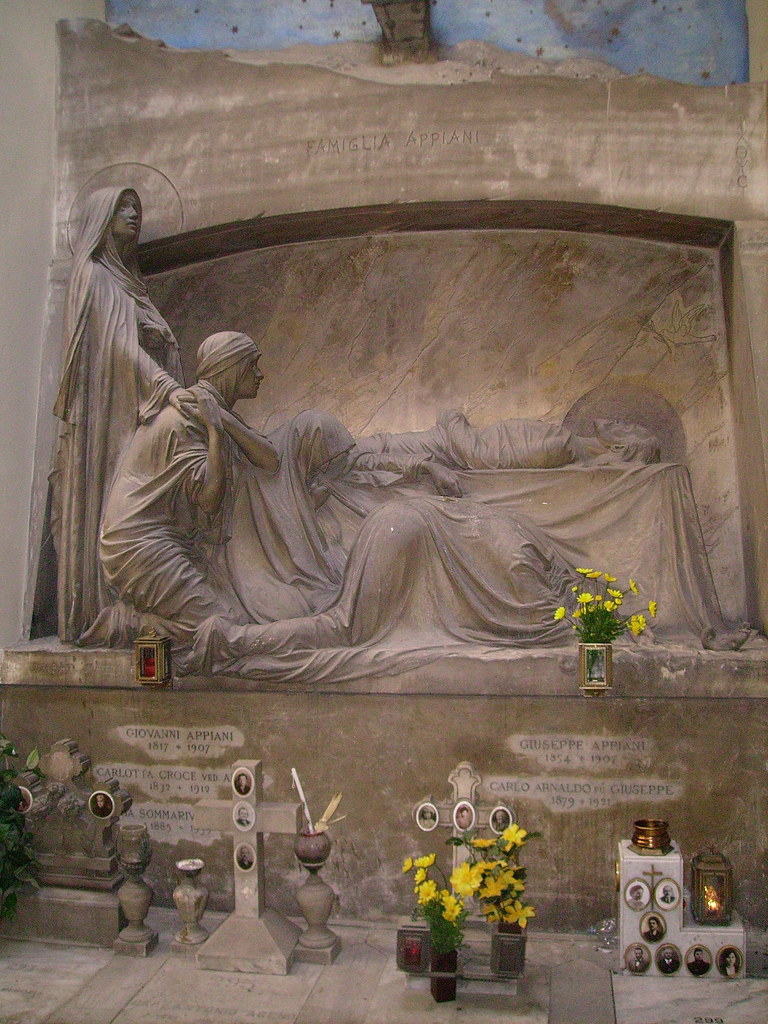
Appiani family tomb. Picture found here.
This is a crisis I knew had to come,
Destroying the balance I’d kept.
Doubting, unsettling and turning around,
Wondering what will come next.
Is this the role that you wanted to live?
I was foolish to ask for so much.
Without the protection and infancy’s guard,
It all falls apart at first touch.
(Passover)
This is what the designer Peter Saville had to say about the process of choosing a picture for the cover: “(Saville) revealed that the photos came from a very trendy art magazine called Zoom that had been lying around his studio in London. He later told Mojo magazine: “Bernard Pierre Wolff had done a series of photographs in a cemetery in Italy. I don’t know to this day whether they were real or not – some of them you thought, he’s set that up – that’s just models, covered in dust.” Well, the image wasn’t staged, it was in fact a beautifully carved tombstone, situated in the Staglieno cemetery in Genova, Northern Italy. The tomb belongs to the Appiani family and the incredible marble work was created by sculptor Demetrio Paernio in 1910. Saville explained that Joy Division manager Rob Gretton brought the band to see him to discuss the artwork while they were making the LP: “I hadn’t heard anything they’d recorded so I said ‘I’ll show you what I’ve seen recently that has thrilled me’.” He then showed the band the spread of photos by Wolff that covered several pages in the magazine: “I thought the band would laugh, but they were enthralled. They said ‘We’ – that’s ‘we’ – ‘like that one’.” (quote found here)
All in all, I think the choice of the black and white photograph of this beautiful Appiani tomb was perfect for the album cover, sepulchral, melancholy and Gothic it fits the mood of the music, the lyrics and the overall mood surrounding the band, not to mention the coincidence that the front man of the band also committed suicide two months after the album was recorded and two months prior to its release. It’s almost like the veil of death and gloom lay over the making of “Closer”, like the fingers from another world, the ghostly world, participated in its making. Bernard Sumner, the guitarist of Joy Division and later New Order, spoke in October 2007 about the mindset of Ian Curtis during the recording sessions for “Closer”: “While we were working on Closer, Ian said to me that doing this album felt very strange, because he felt that all his words were writing themselves. He also said that he had this terrible claustrophobic feeling that he was in a whirlpool and being pulled down, drowning.“
So this is permanent, love’s shattered pride.
What once was innocence, turned on its side.
A cloud hangs over me, marks every move,
Deep in the memory, of what once was love.
Oh how I realized how I wanted time,
Put into perspective, tried so hard to find,
Just for one moment, thought I’d found my way.
Destiny unfolded, I watched it slip away…
(Twenty Four Hours)
Tags: 18 May 1980, 1978, 1980, Appiani tomb, Bernard Pierre Wolff, Closer, Factory Records, Genoa, gloom, Graveyard, Ian Curtis, Italy, Joy Division, Melancholy, Monumental Cemetery of Staglieno, music, Peter Saville, Photography, Post Punk, Rock Music, saddness, sepulchral, tomb

